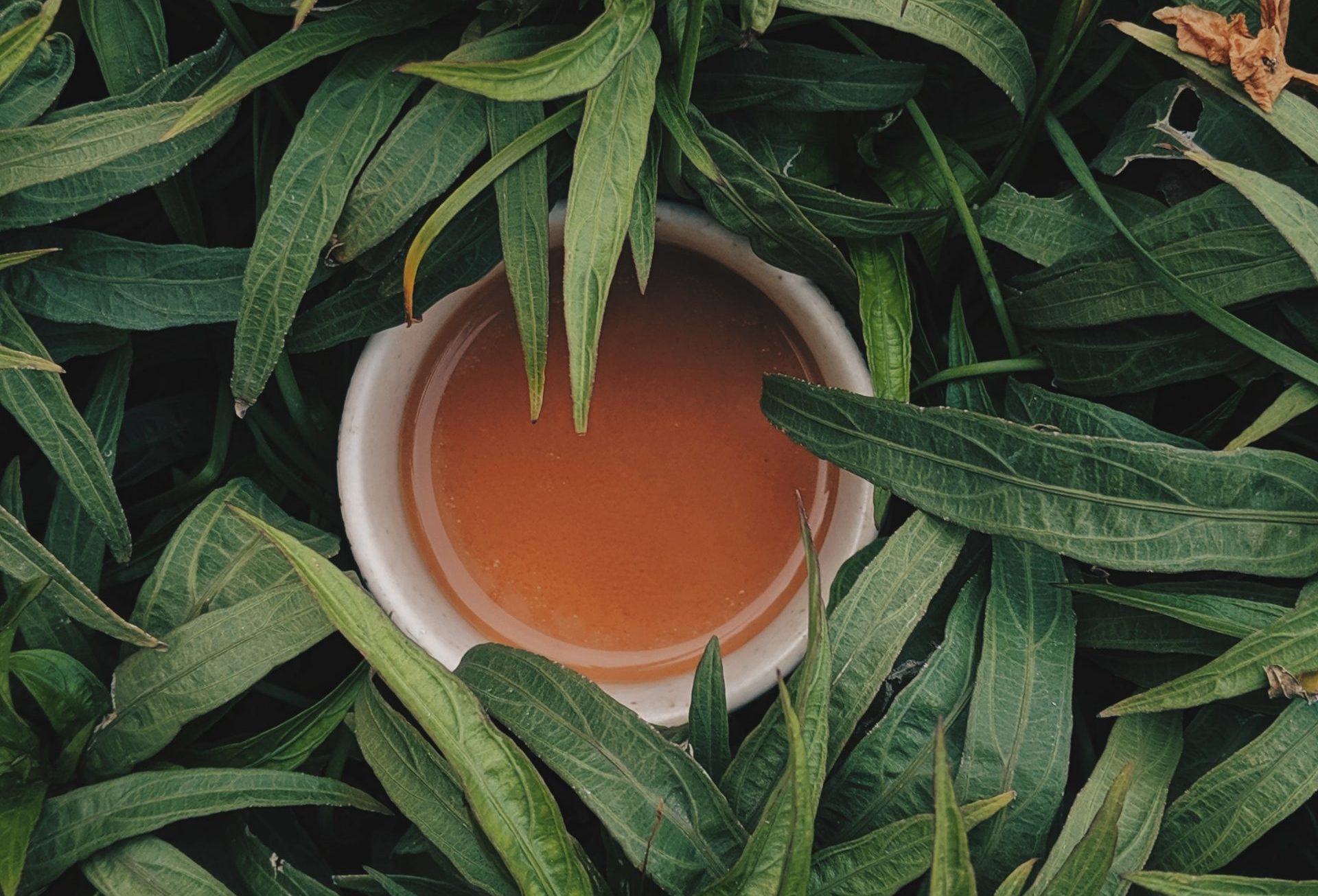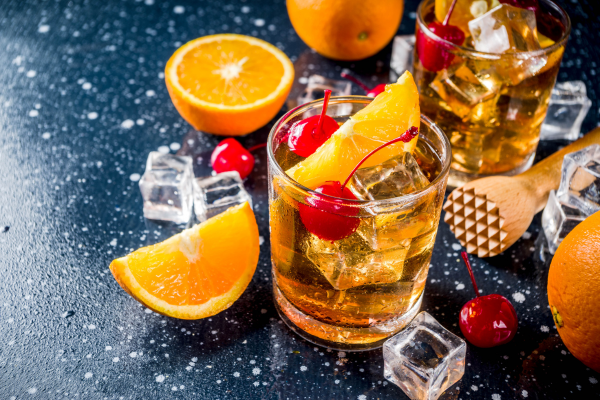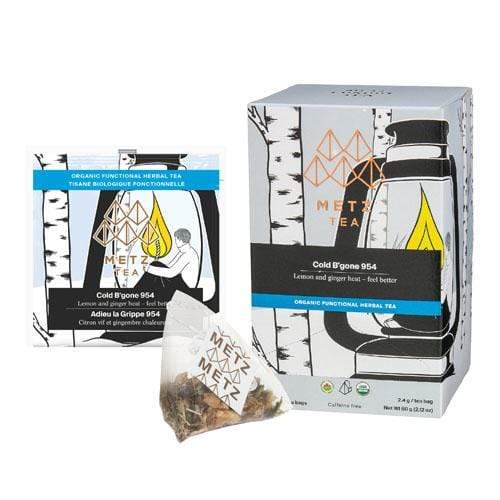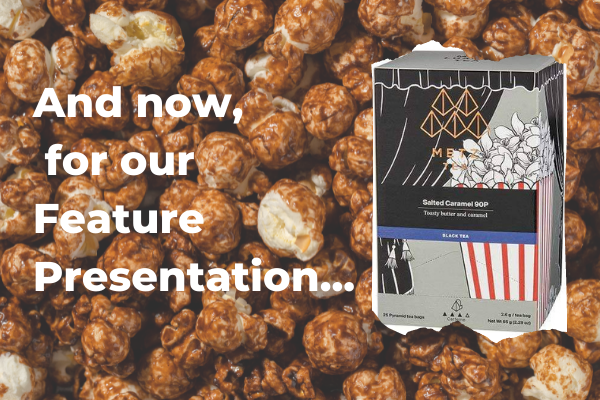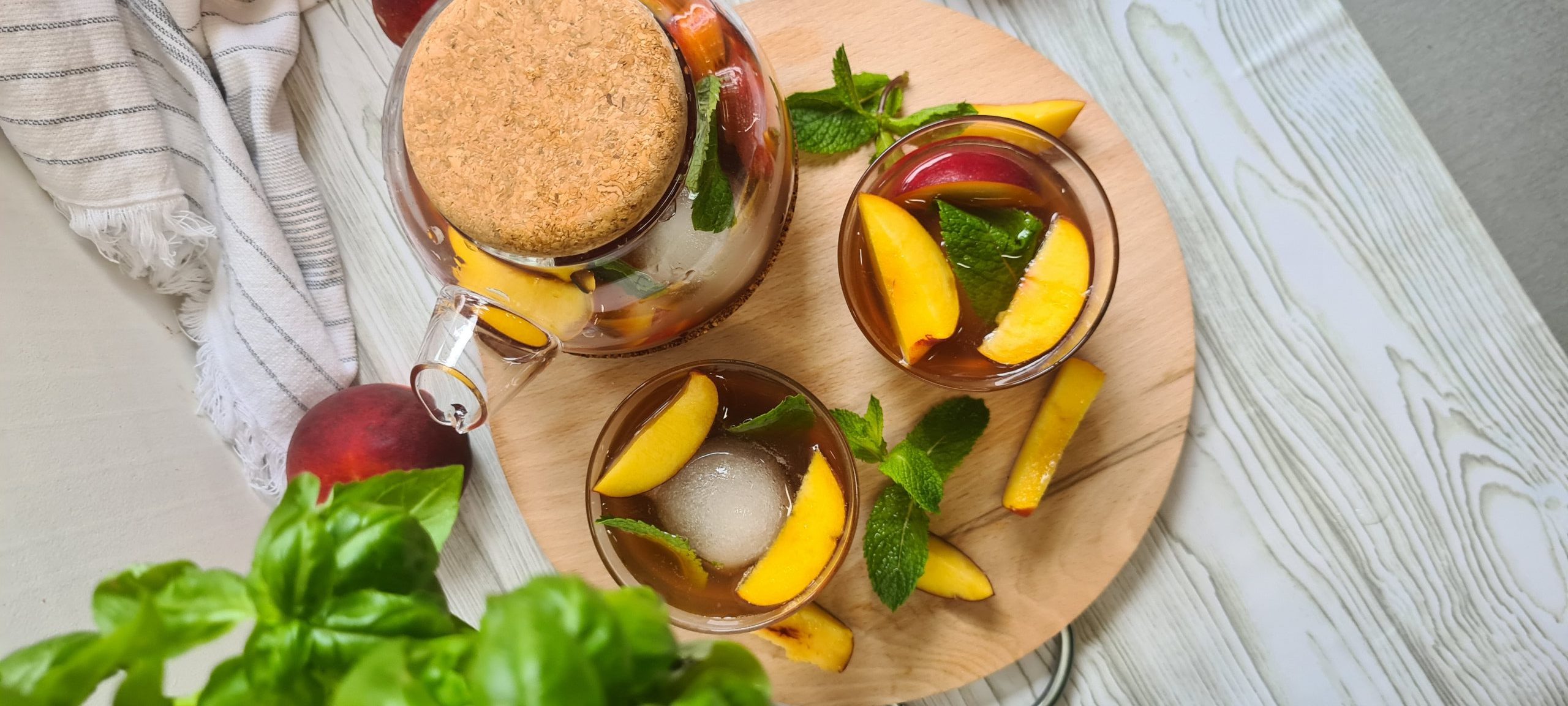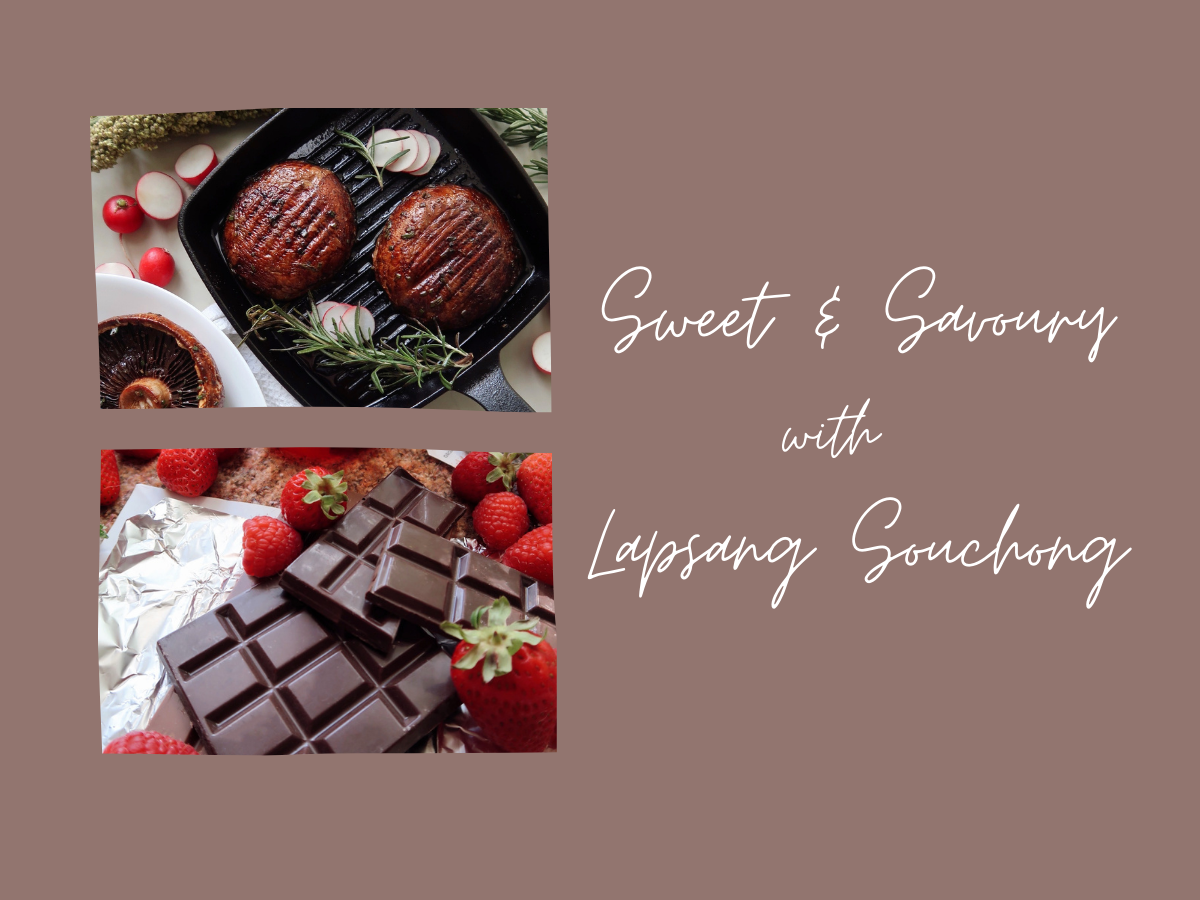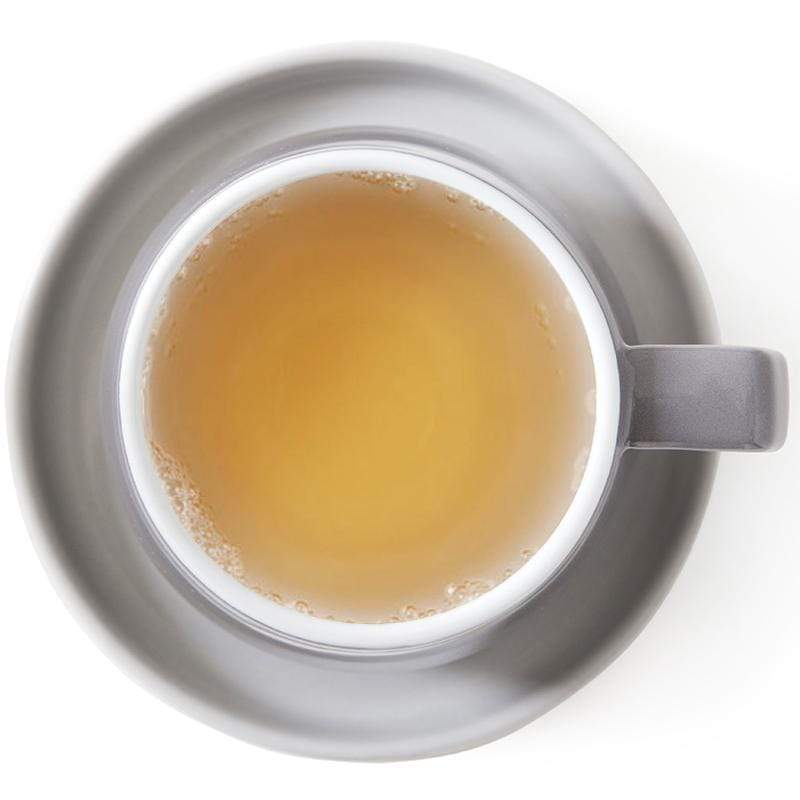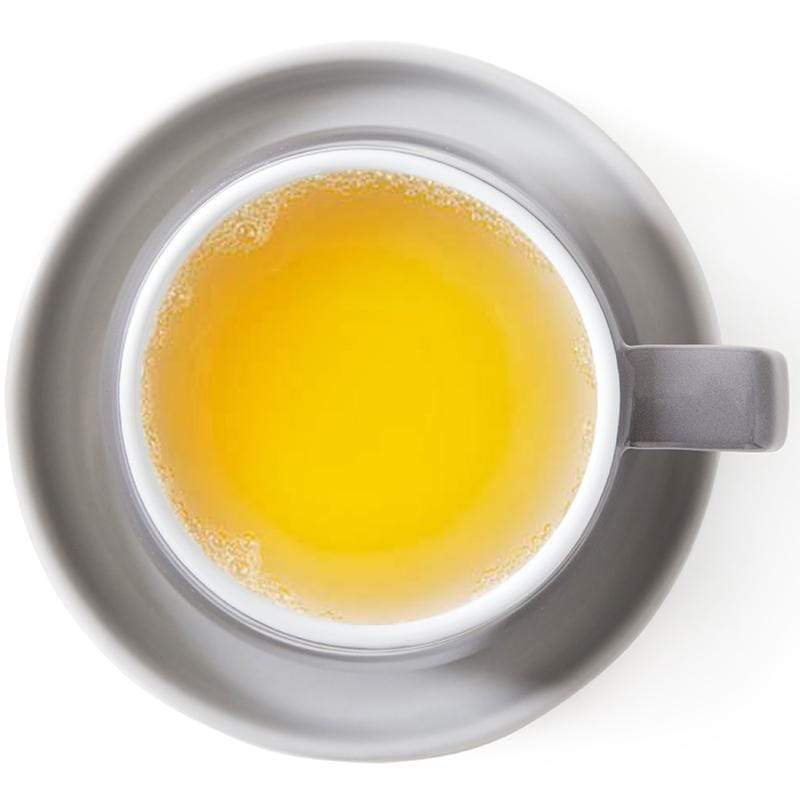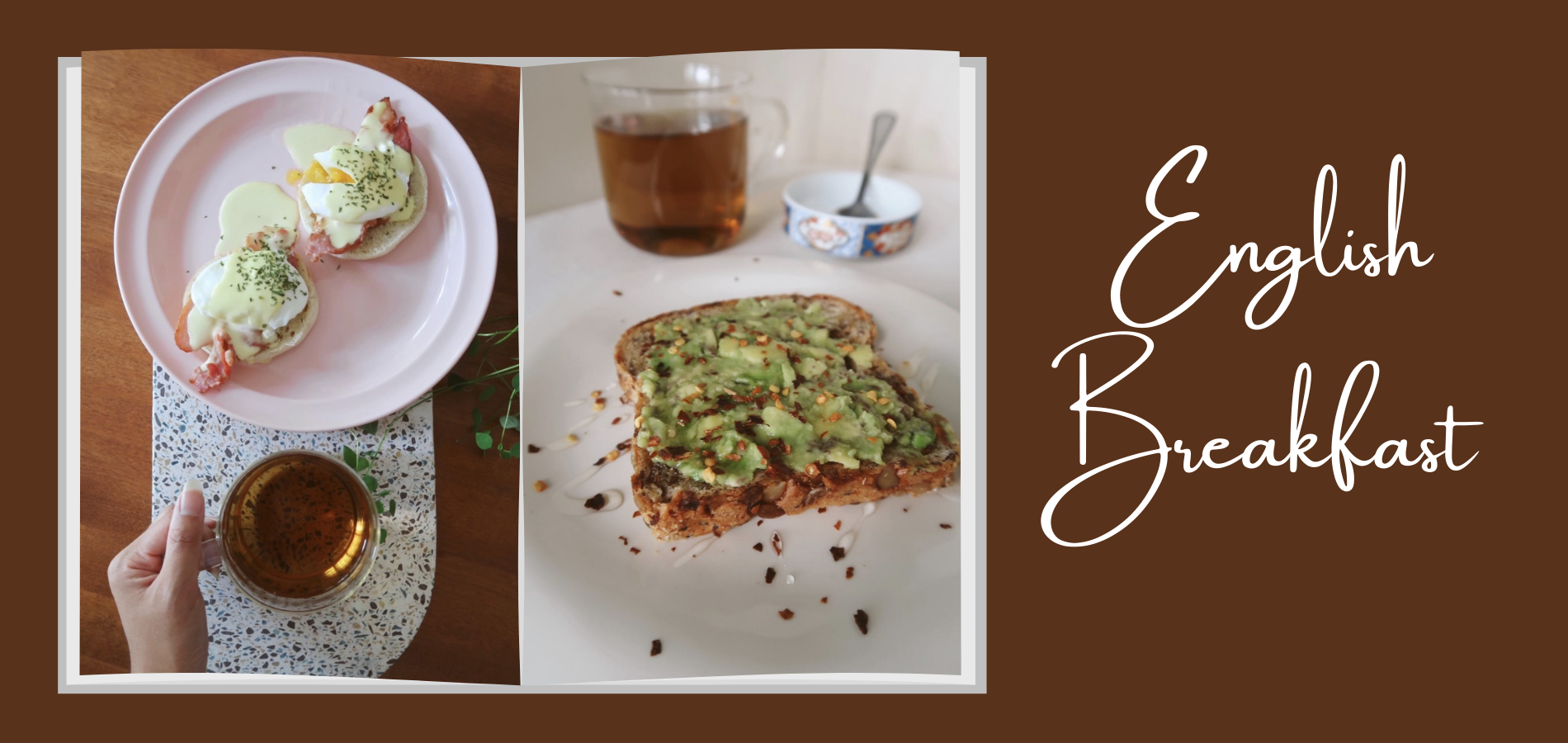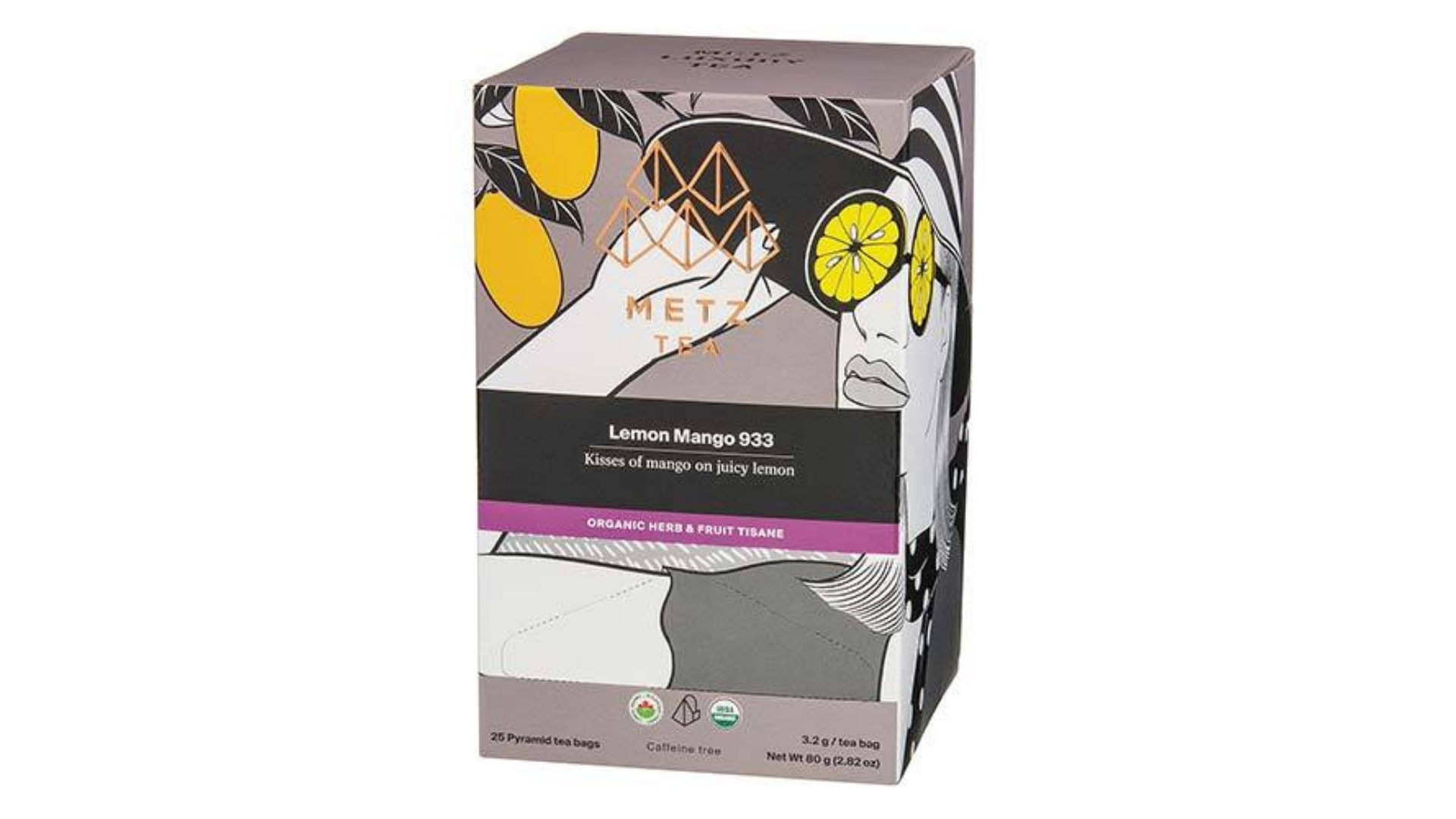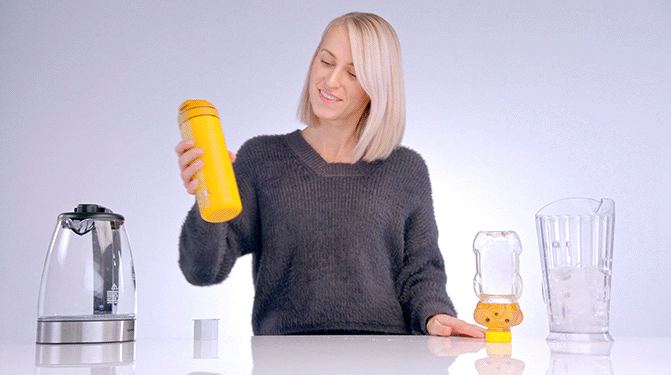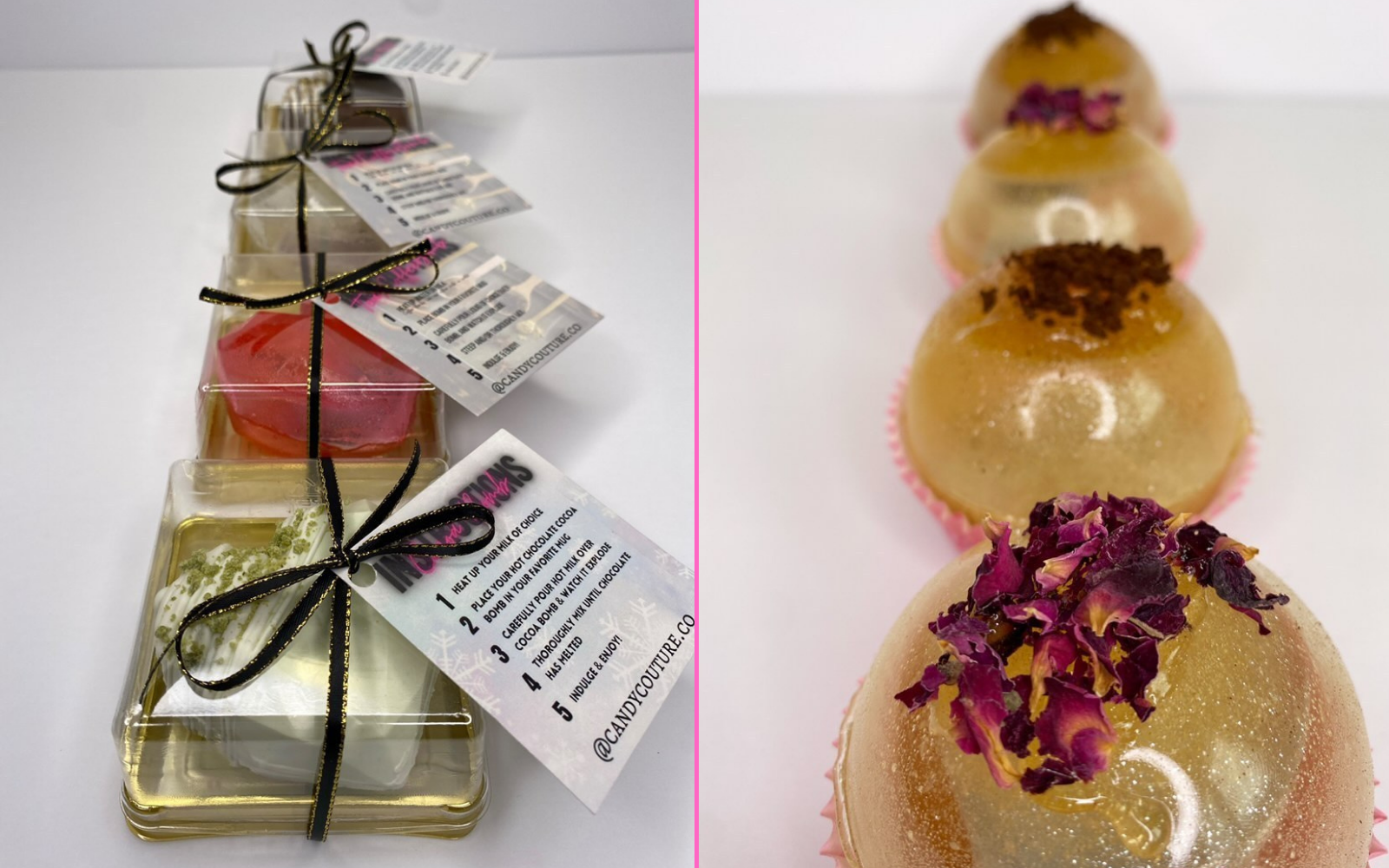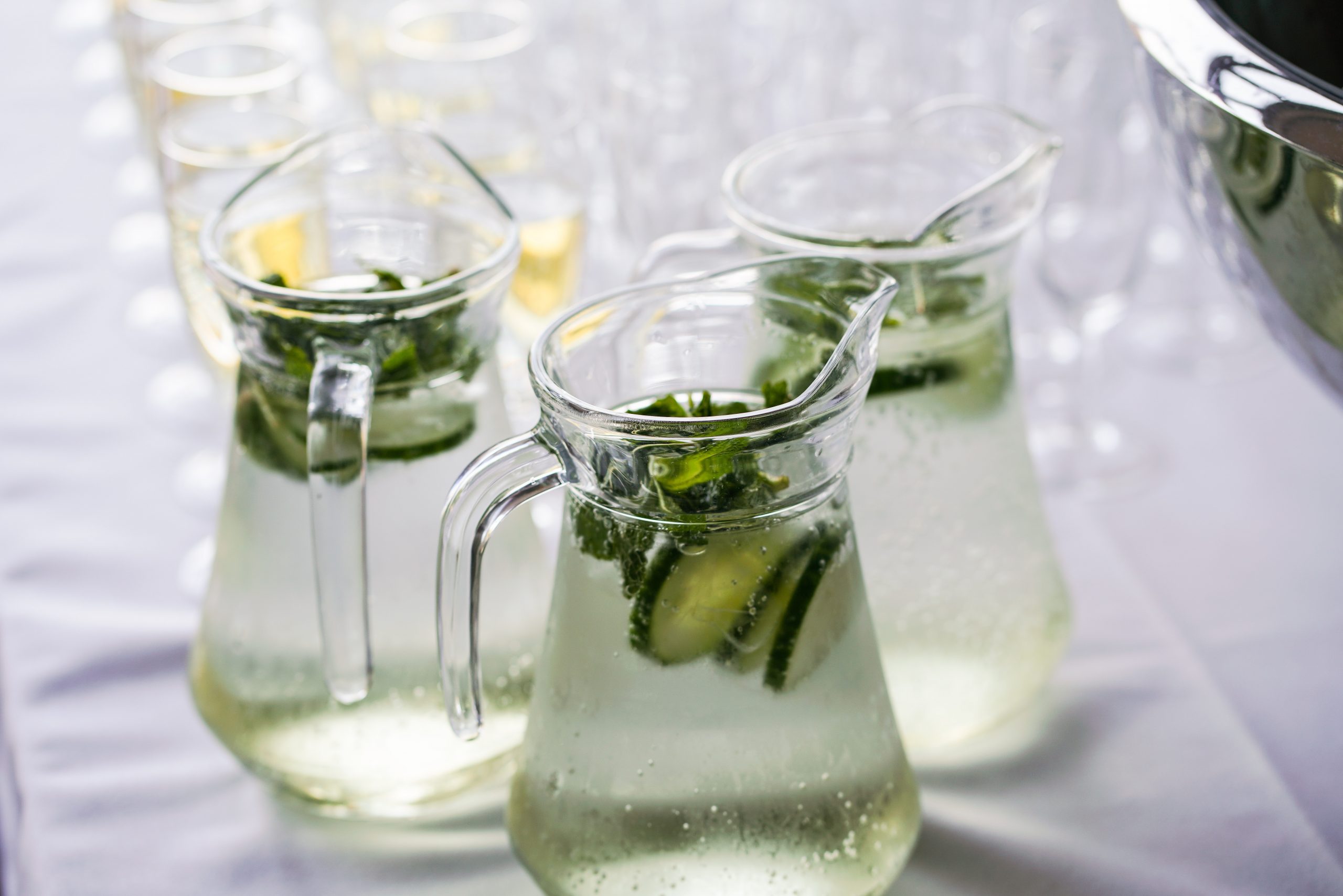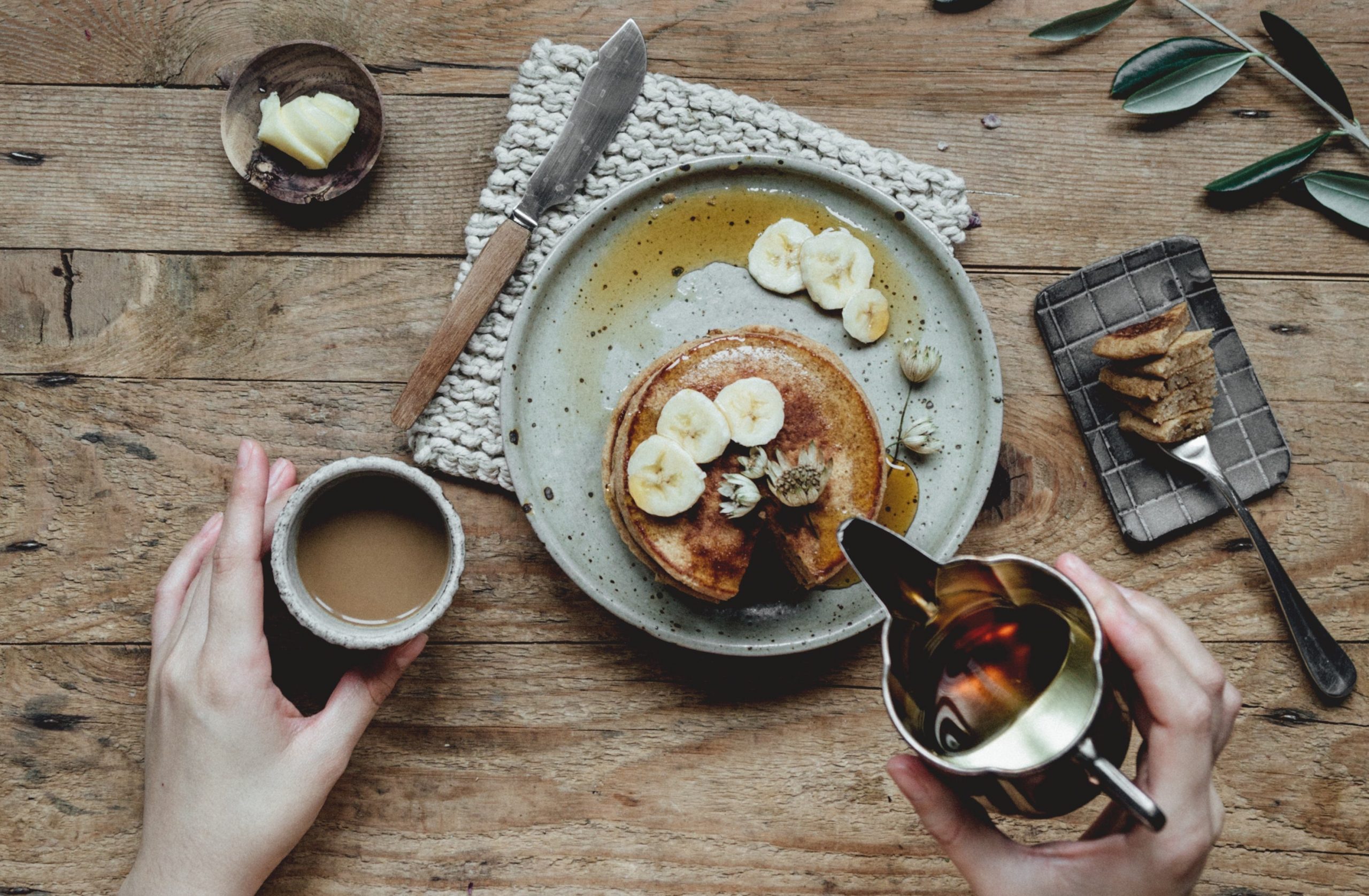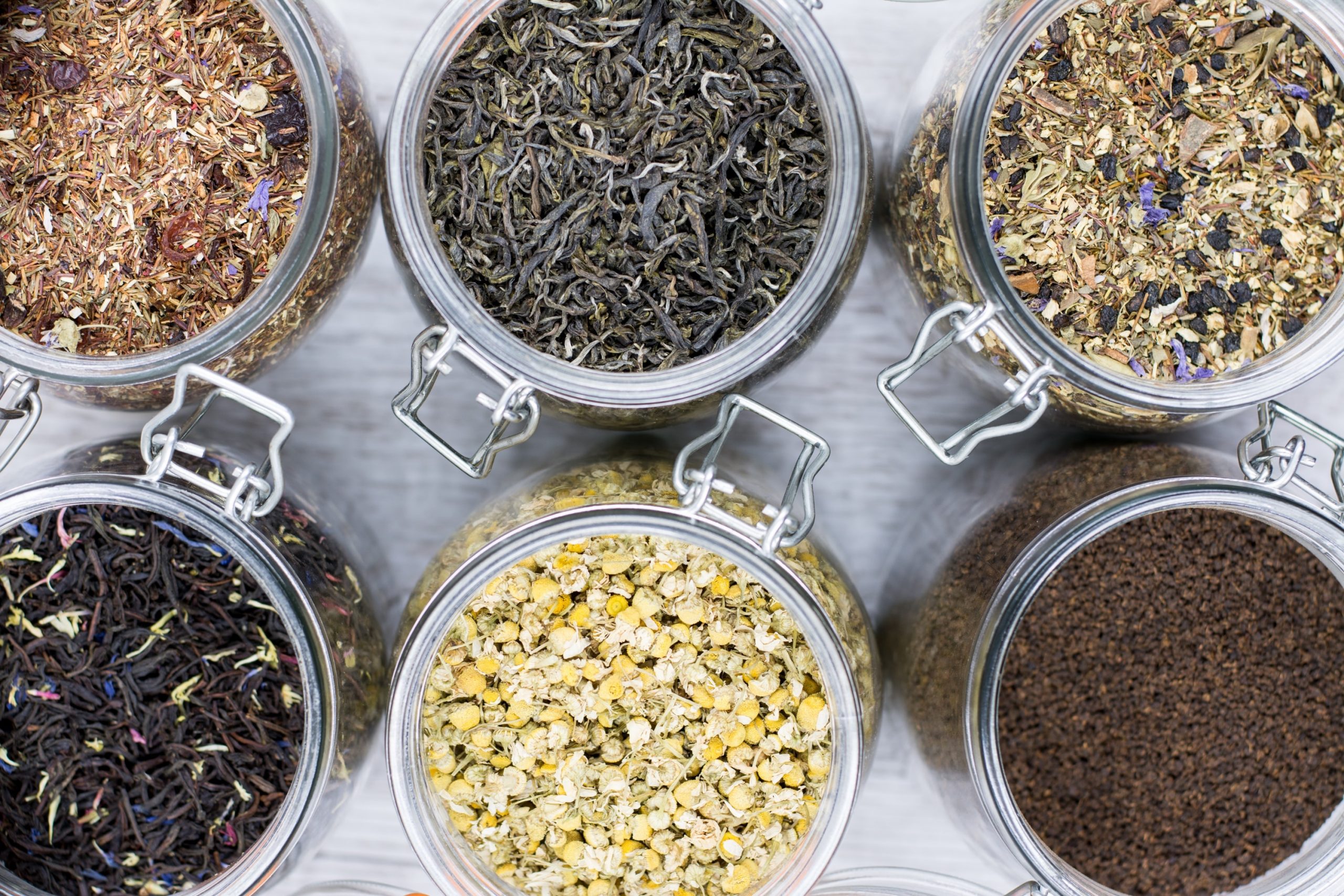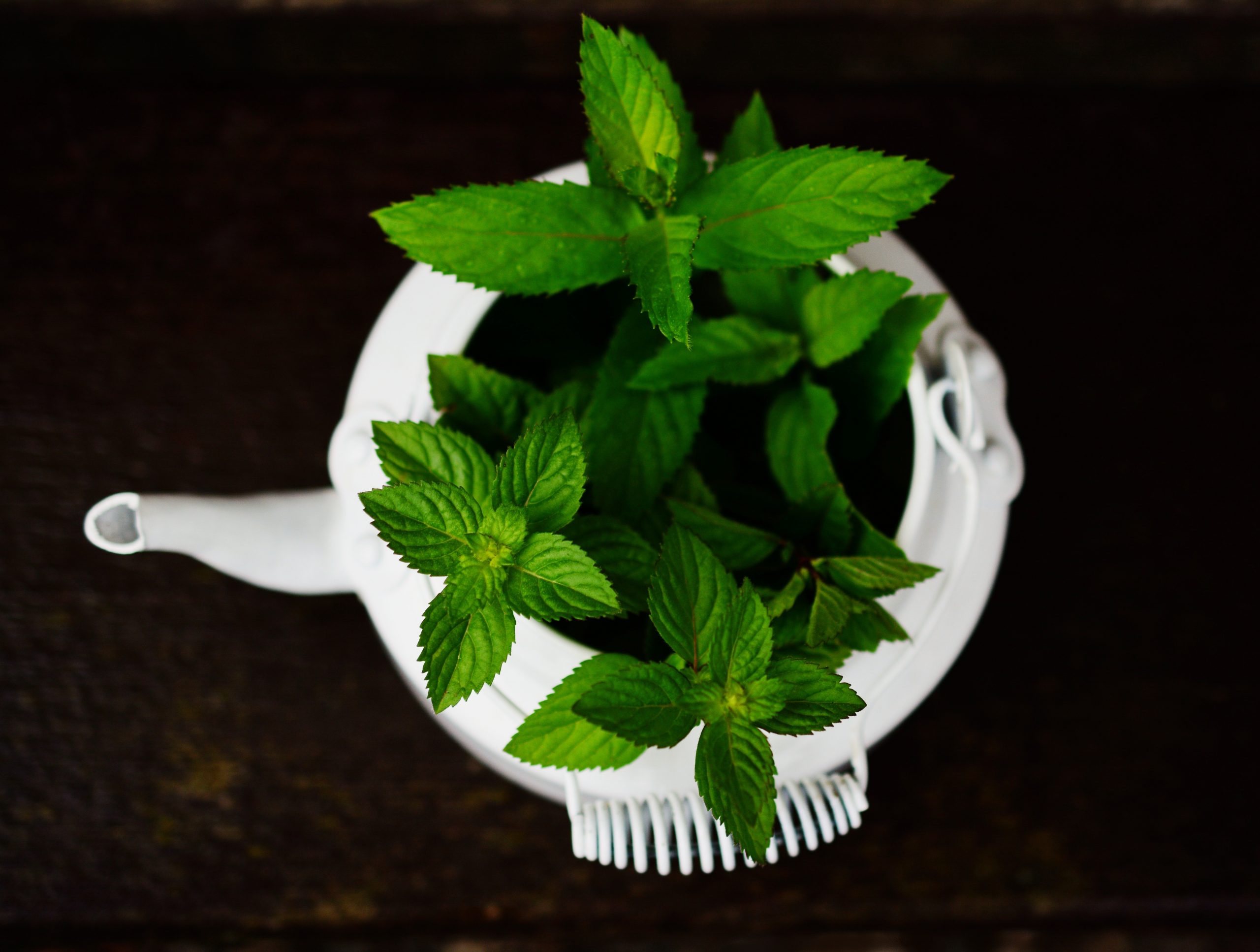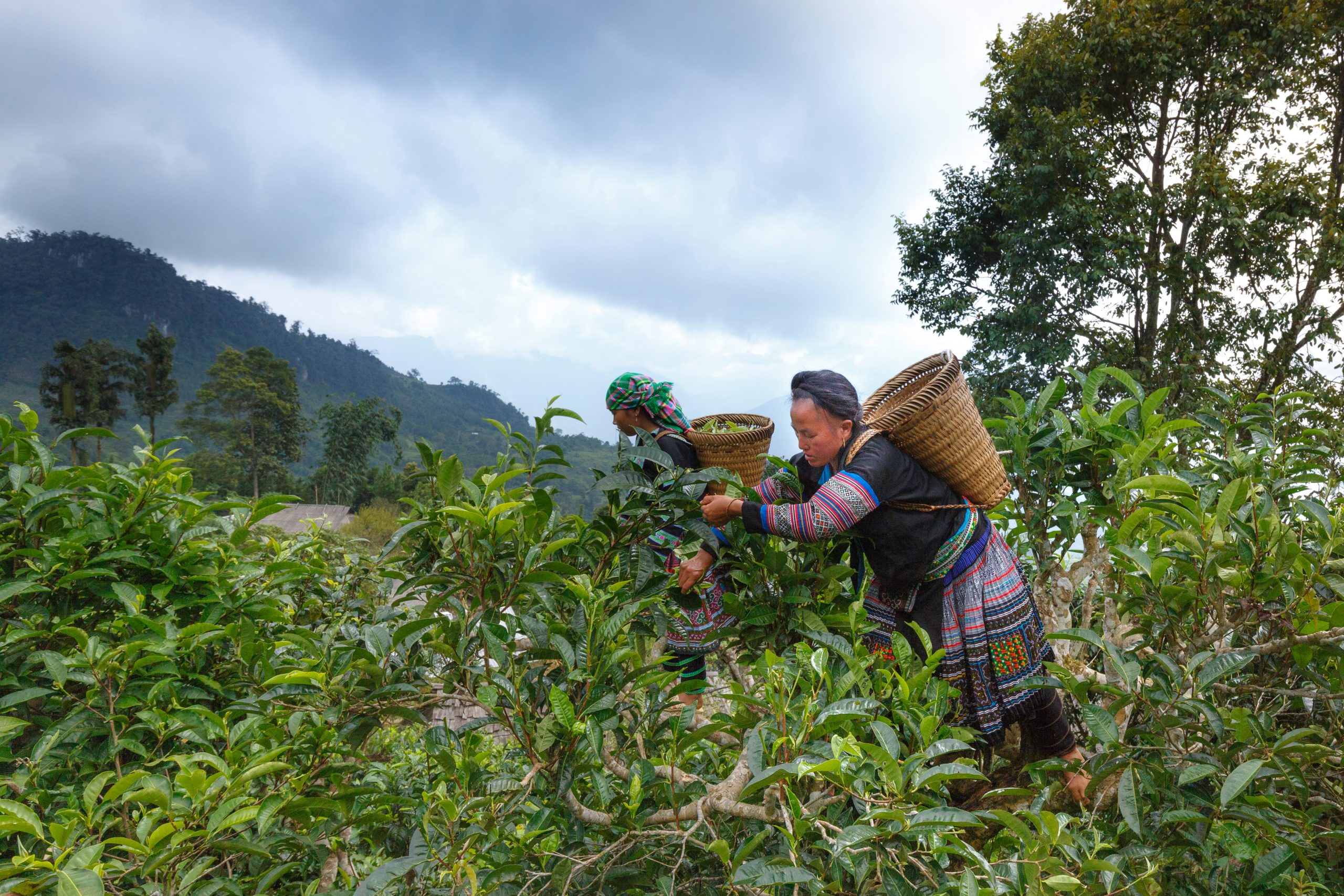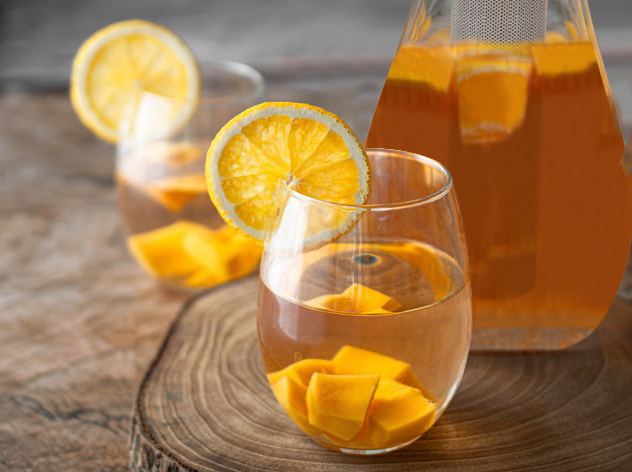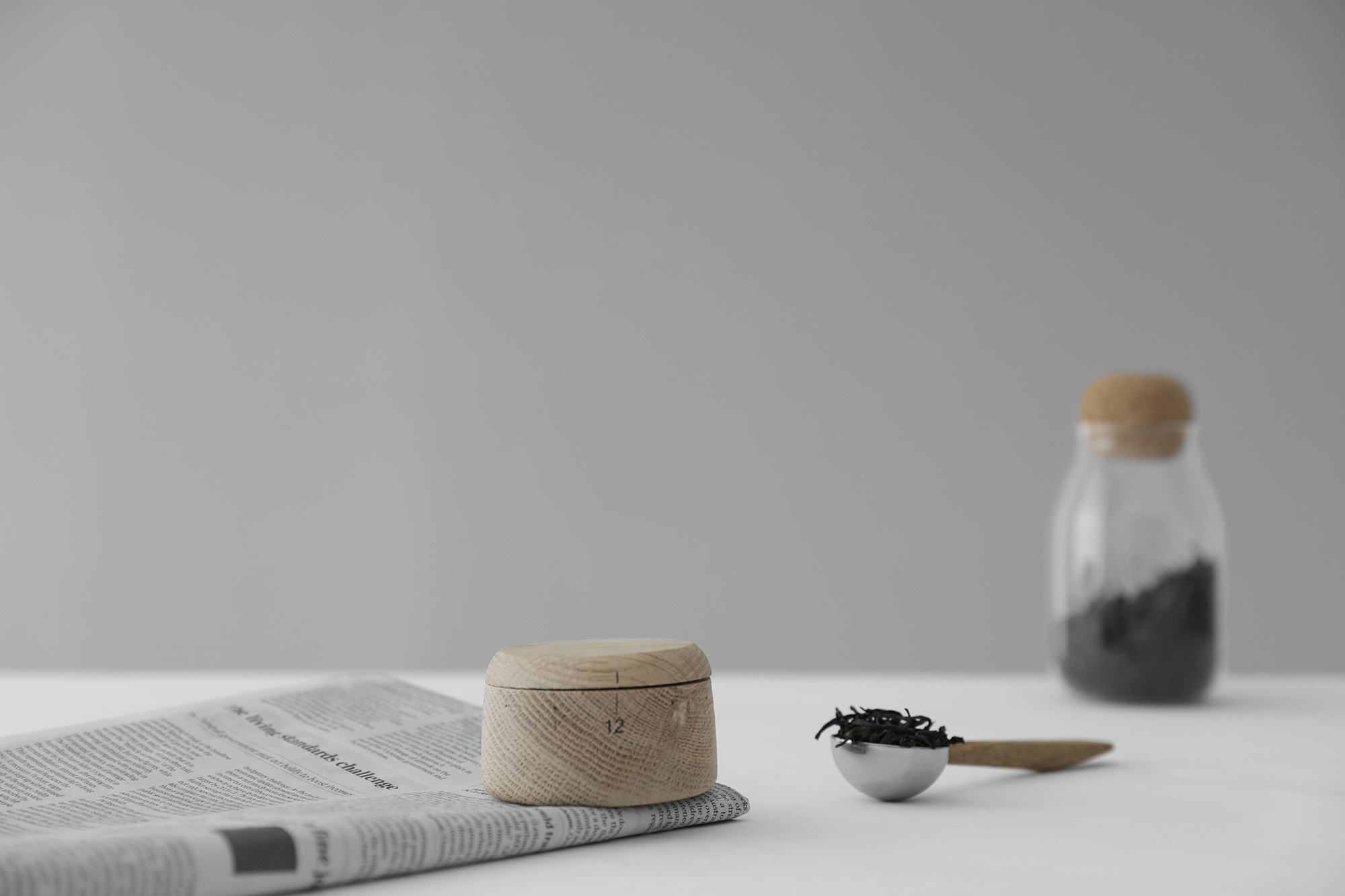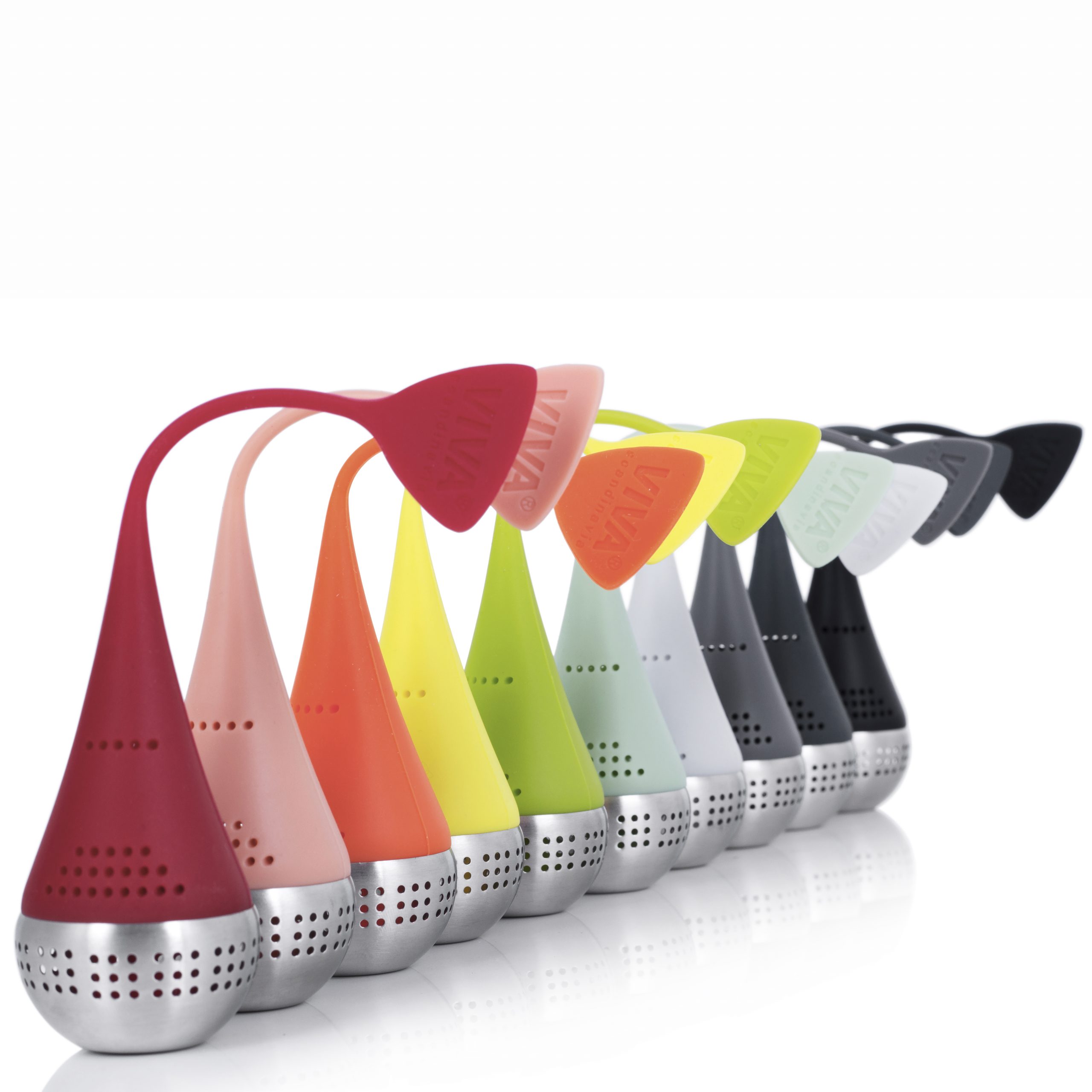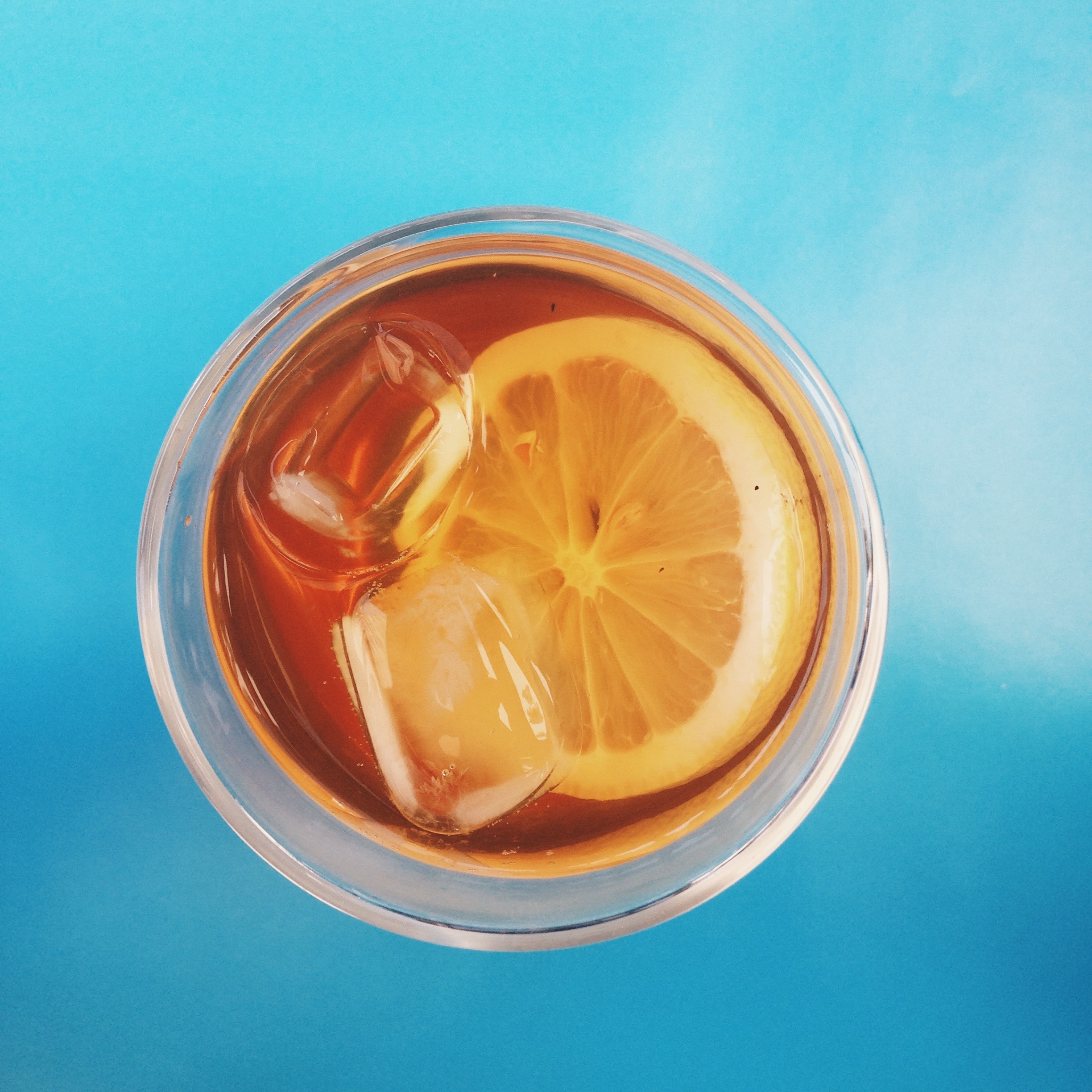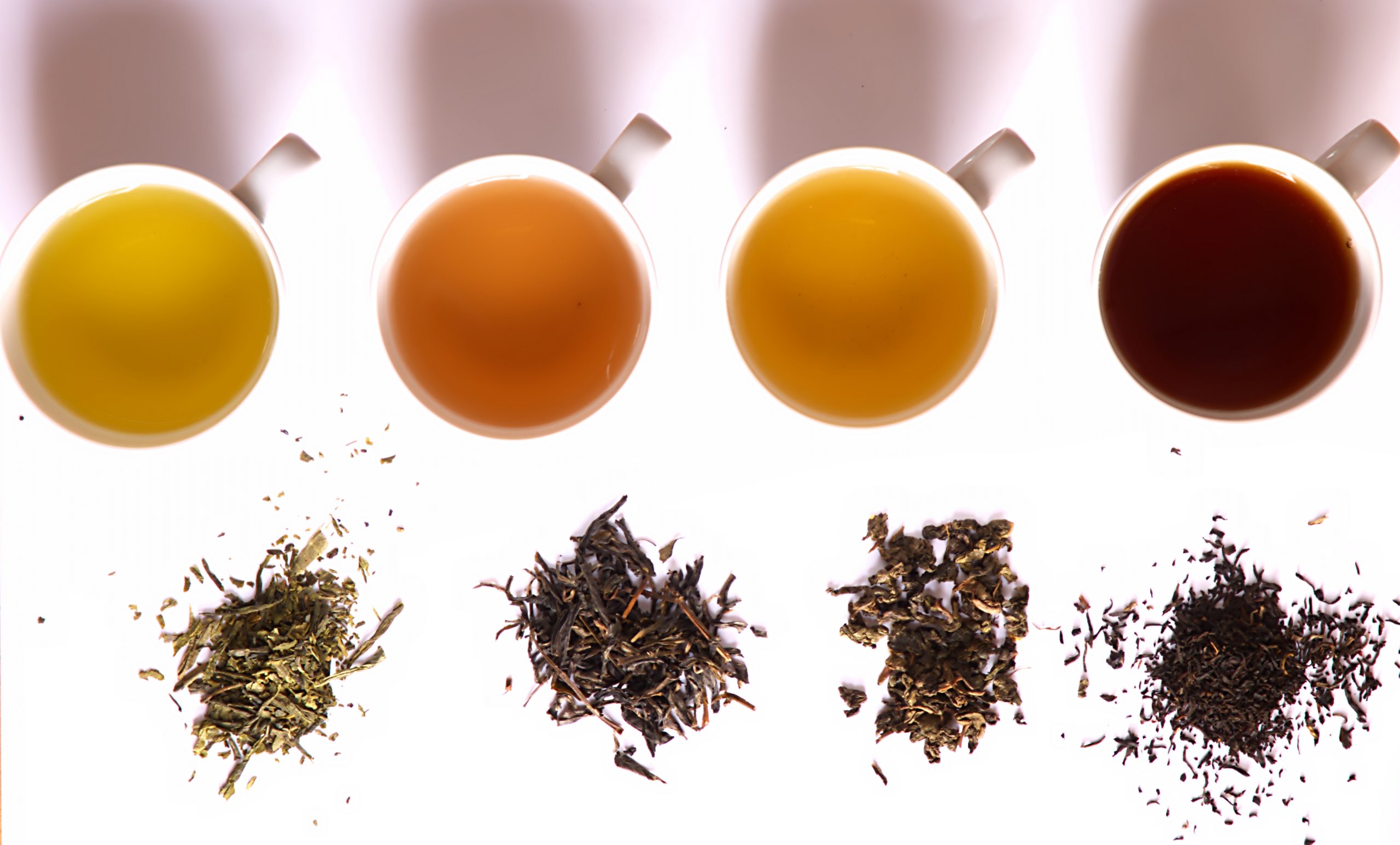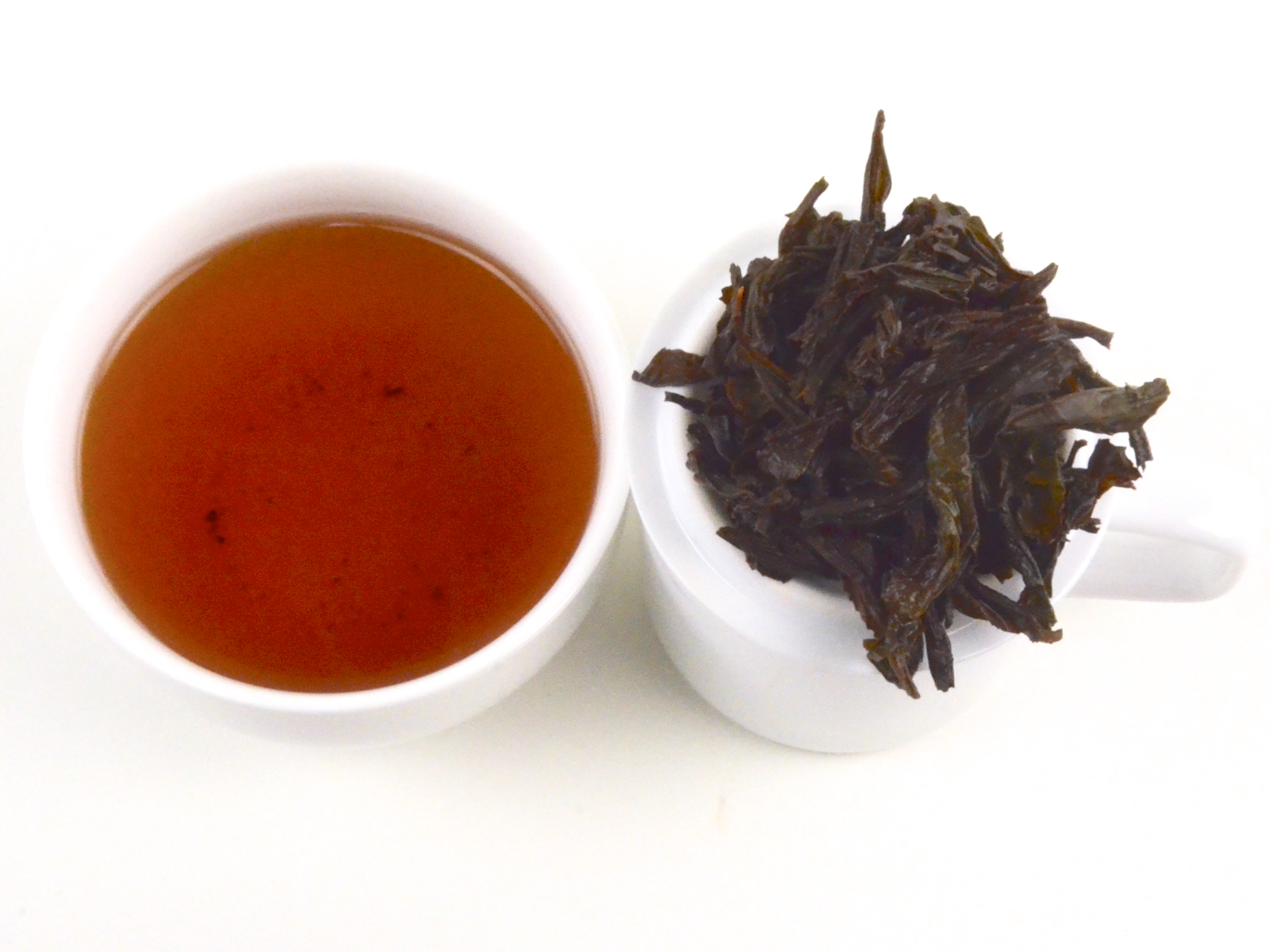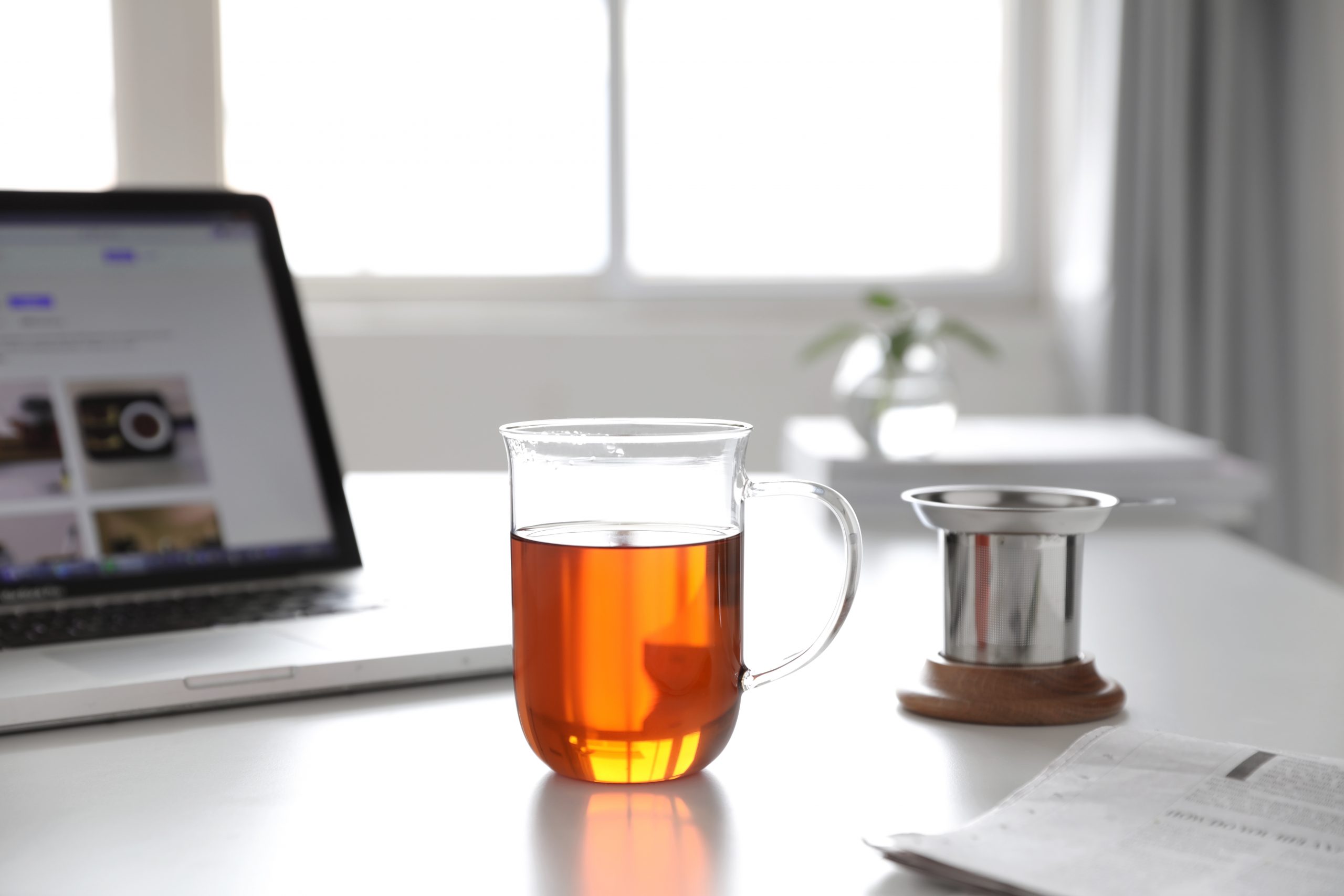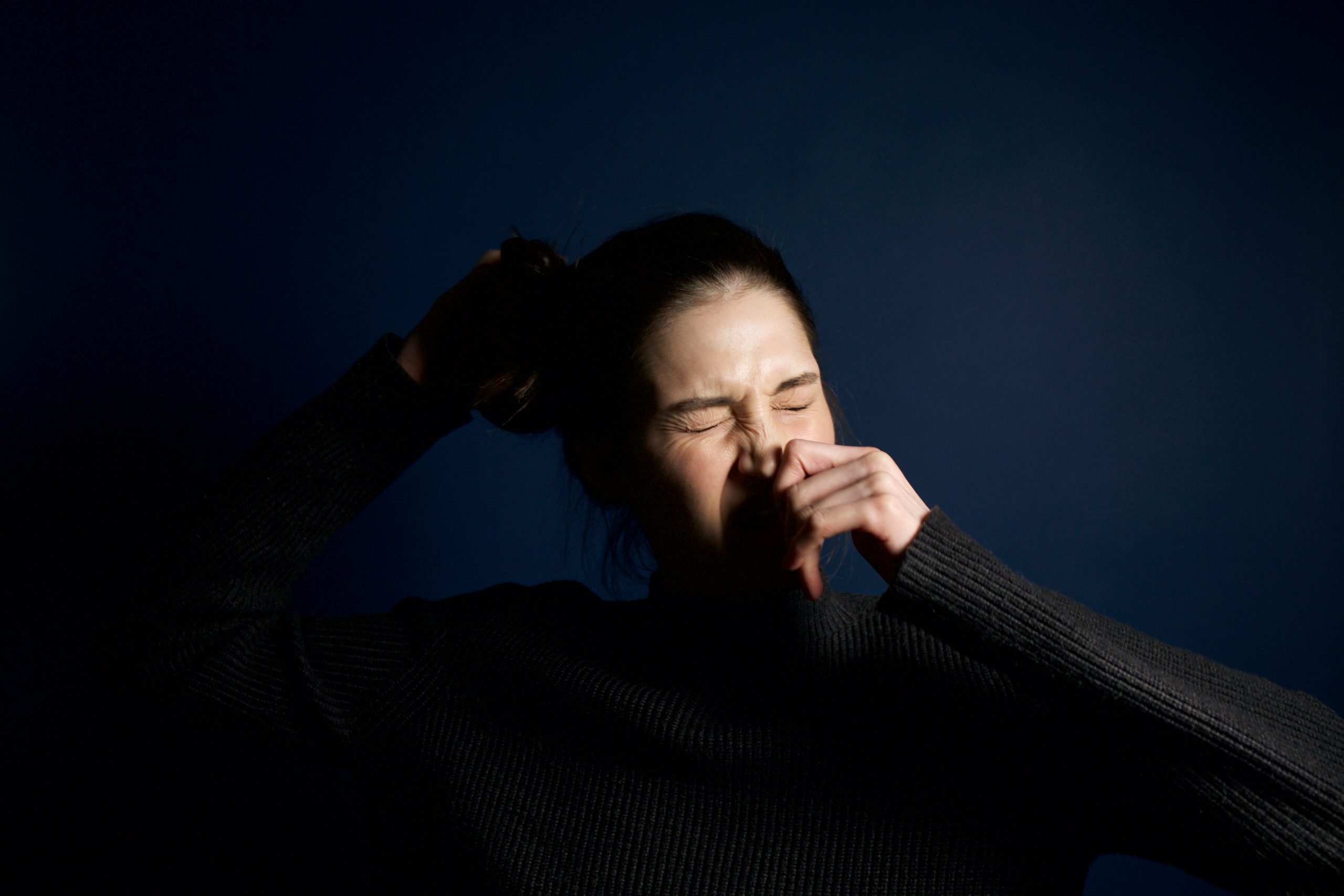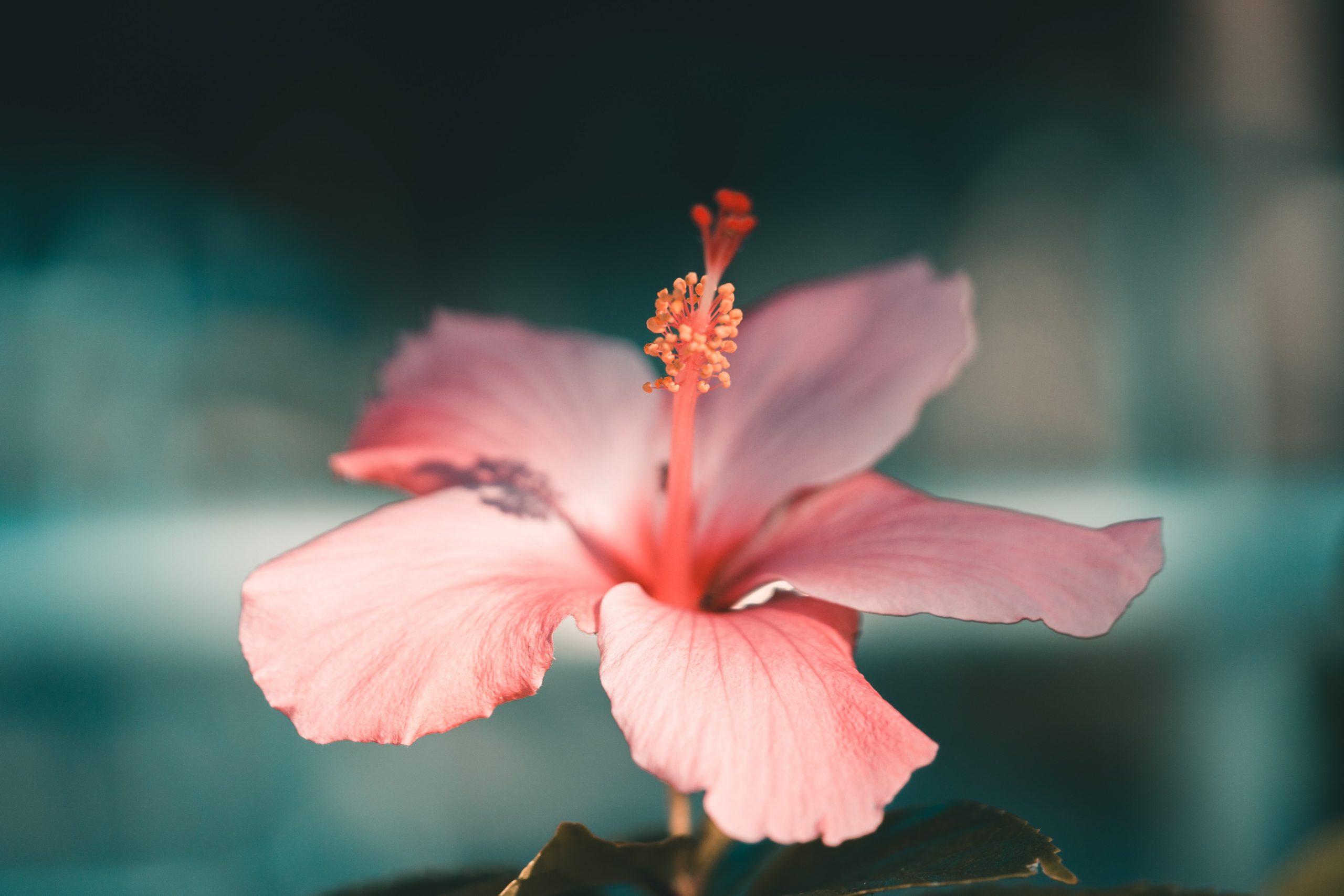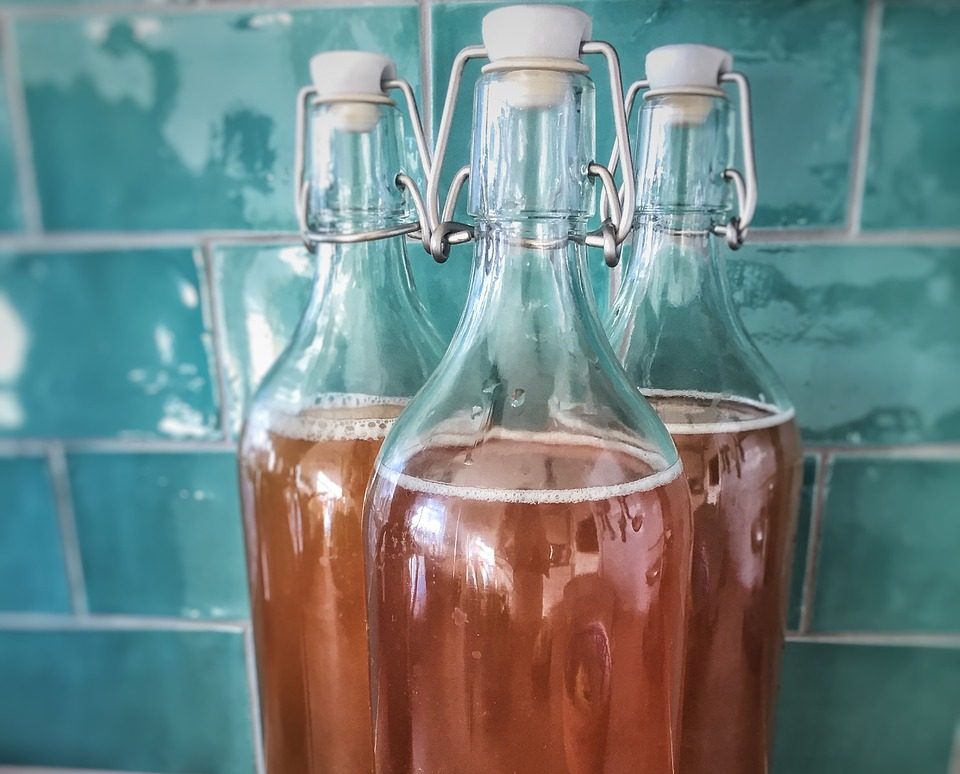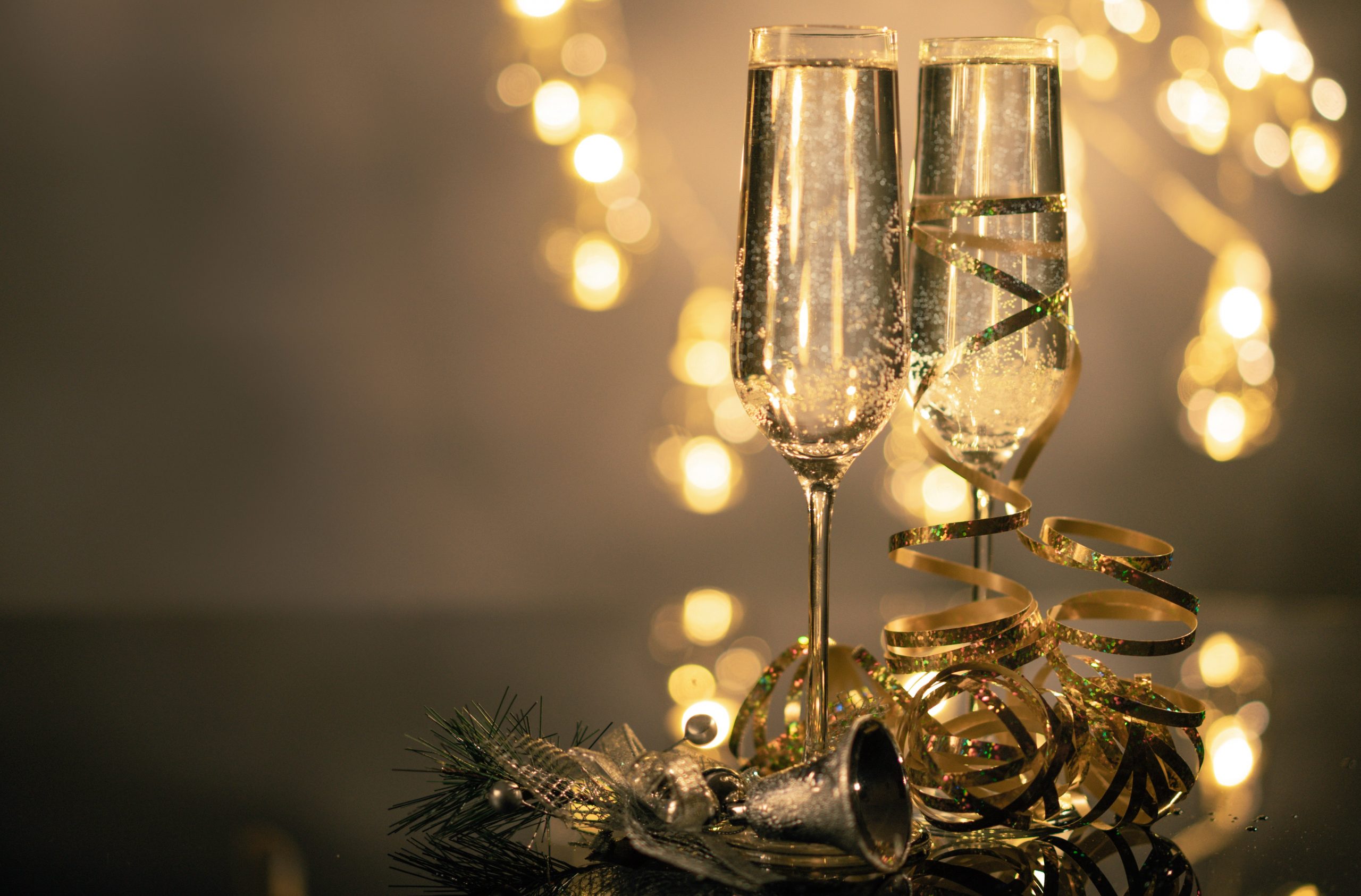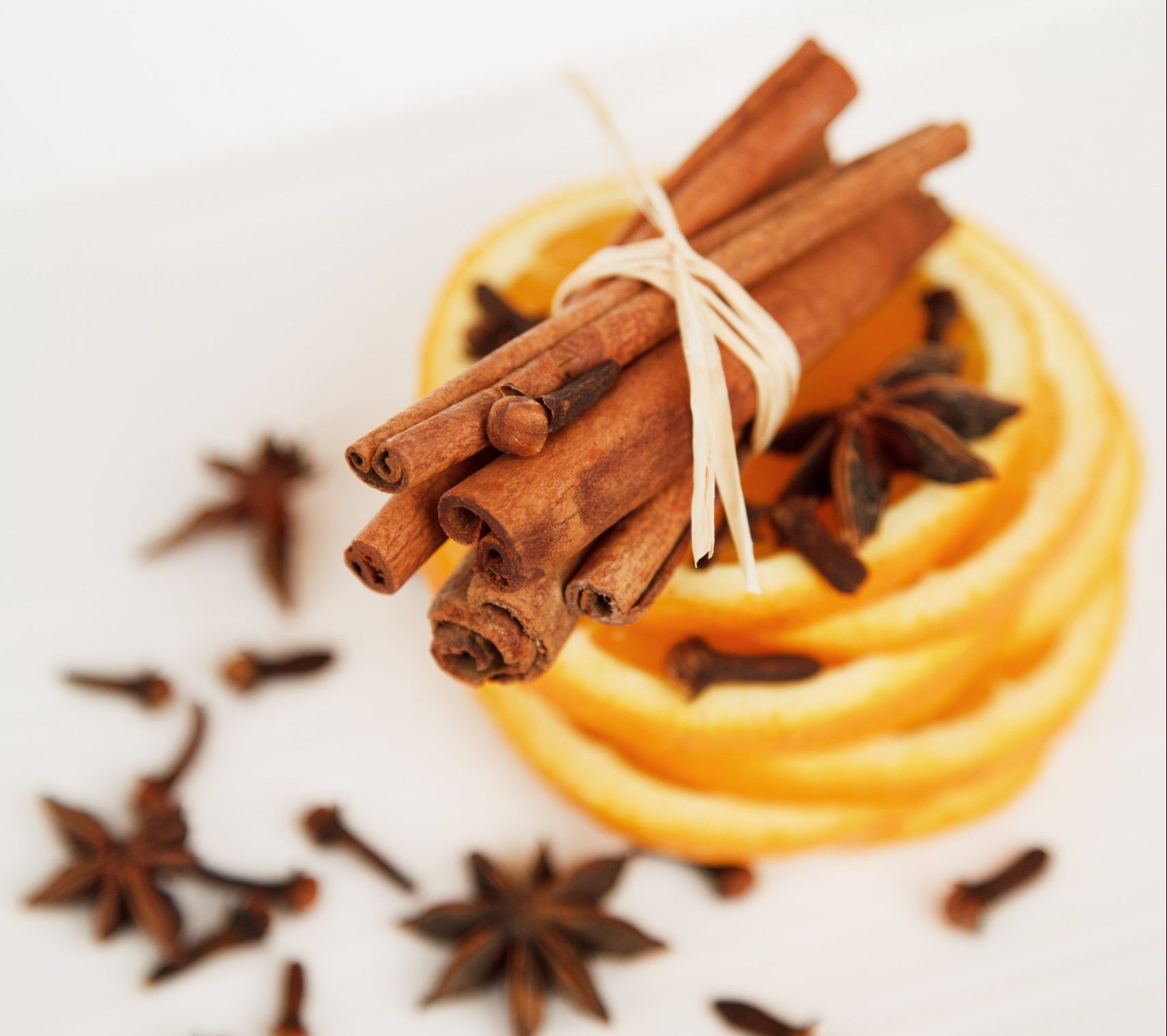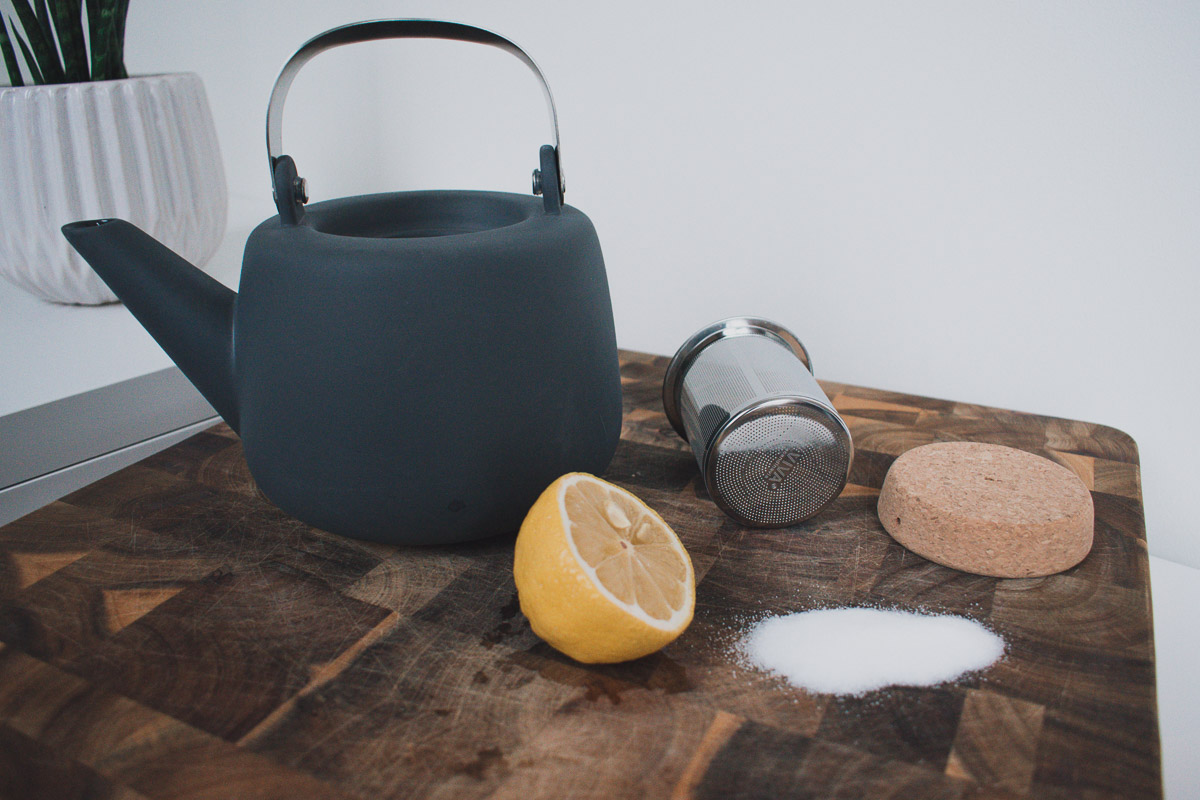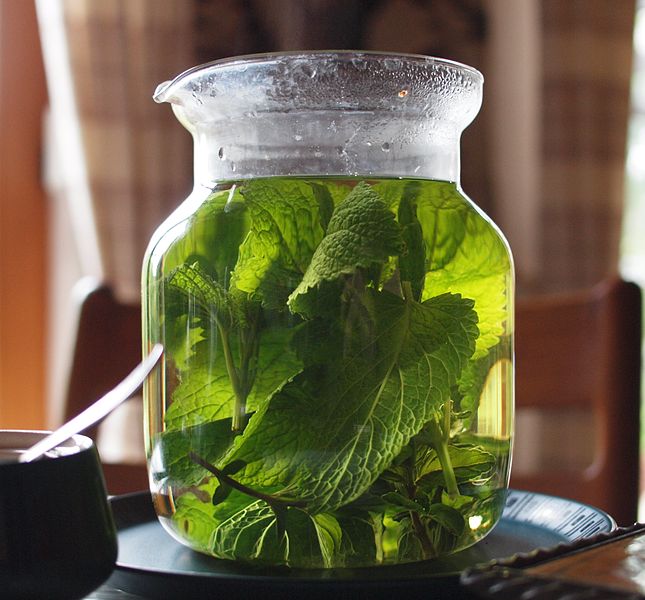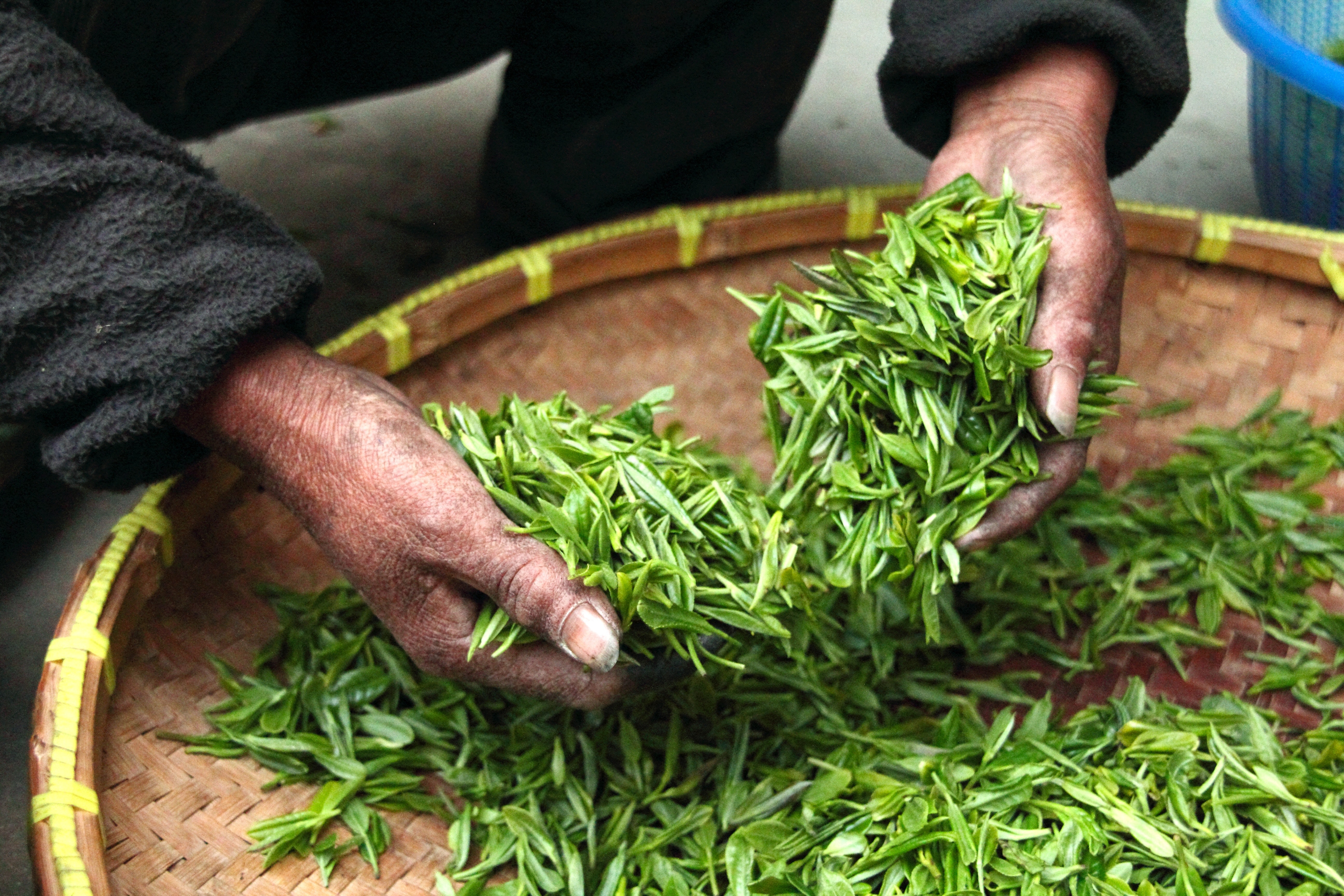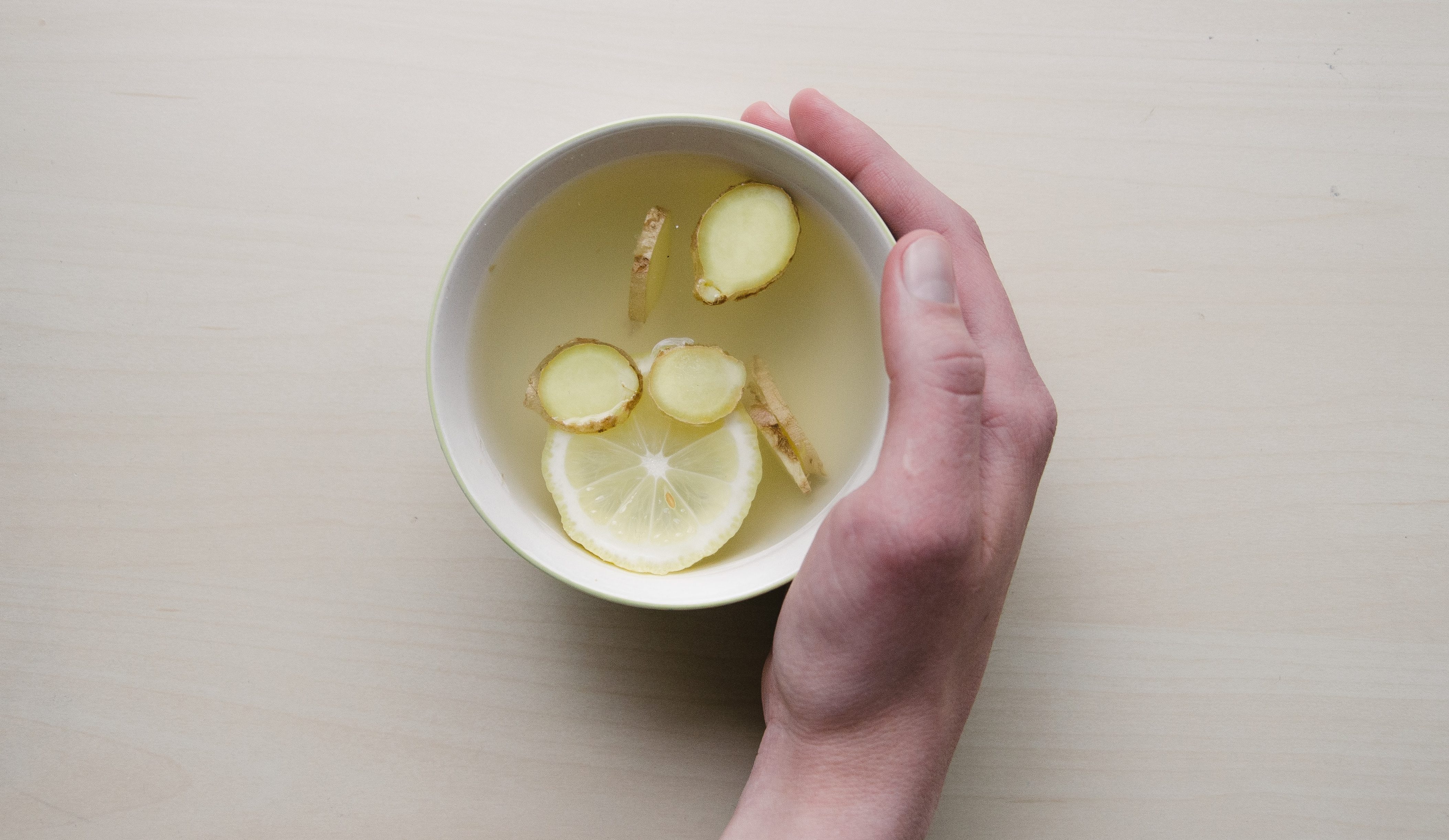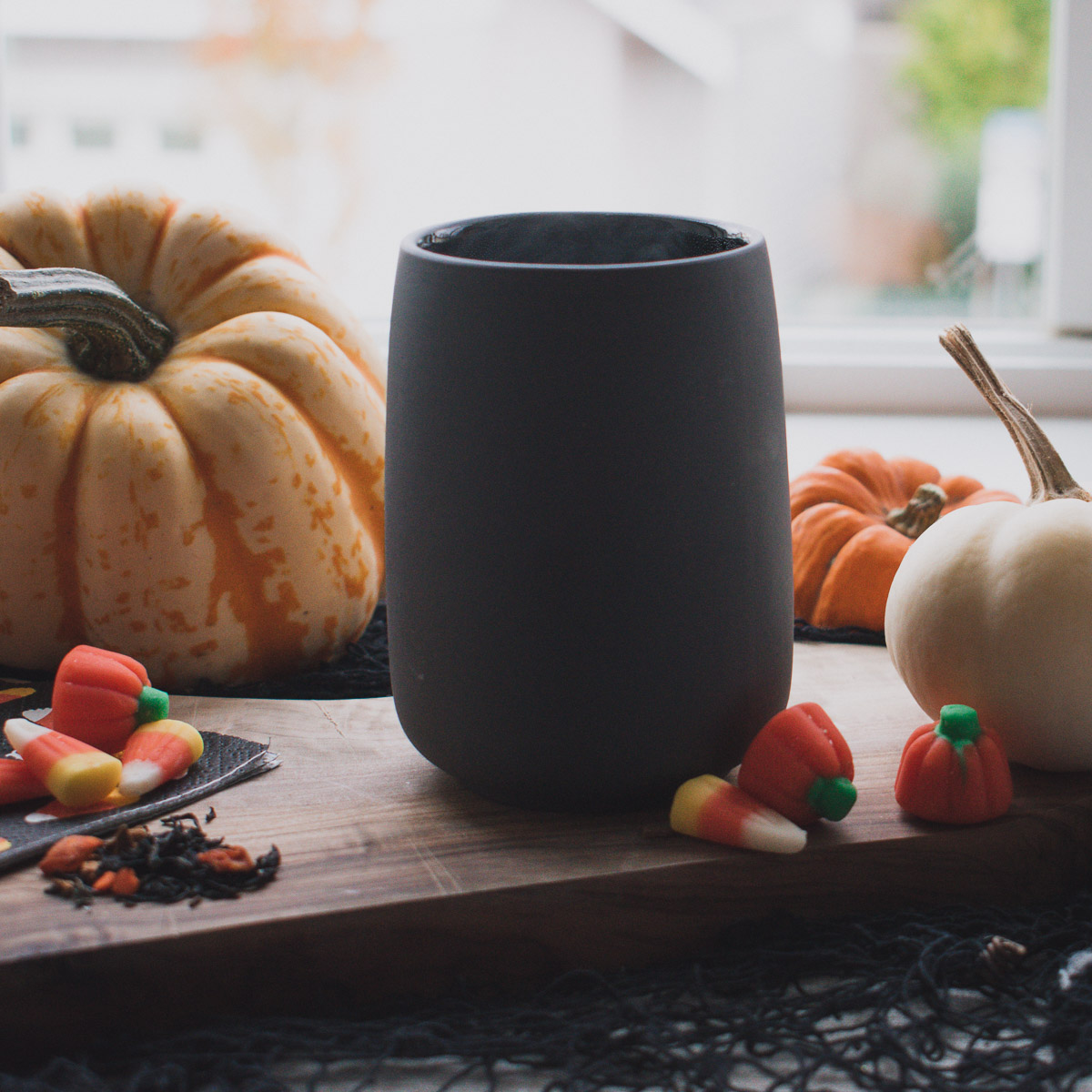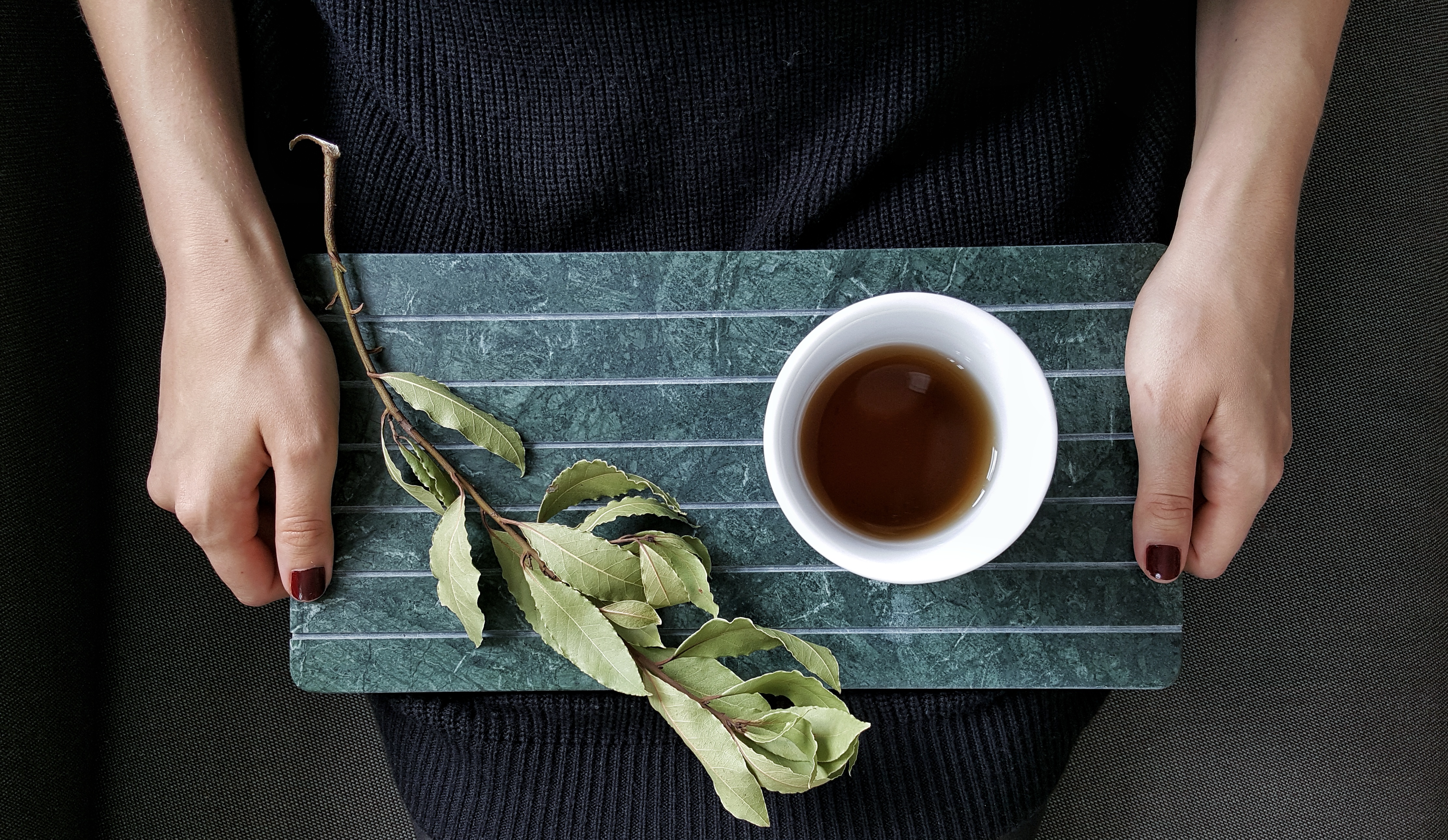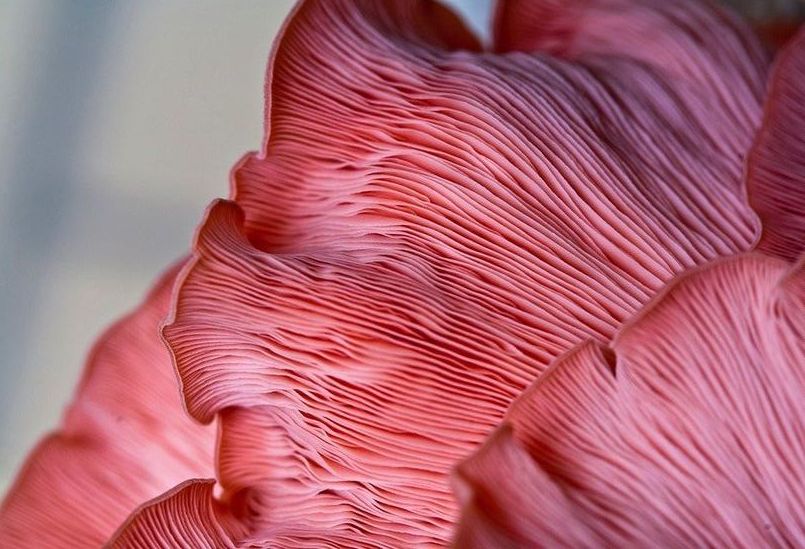Buying—and enjoying—loose leaf tea is a unique experience. There’s just something special about selecting the perfect blend and using it to create an exquisitely brewed cup of tea. It’s a lot more fun than brewing tea from teabags, for starters. Teabags may seem more convenient, but the reality is that they typically have less flavor than loose leaf tea. There’s also the wonderful aroma when you open a tin of tea leaves, and a certain aesthetic appeal, too. Tea leaves, like dried flowers, are pretty—and if you favor special blends featuring flowers, spices or other interesting additions, these types of teas can look a little like a pretty potpourri.
So how do you select a quality loose leaf tea? There’s the big question! Many factors go into it, not just the hallmarks of a beautifully prepared tea, but also considerations like the type of tea that you’re looking for—green, black, herbal or some other variety—and even the budget in which you’re shopping.
And that’s why we’ve put together this in-depth guide. Read below to find out how to choose an excellent tea that will have you coming back for cup after cup.
The Basics
All other factors aside, the best way to choose loose leaf tea is by using your senses. That’s one reason why it’s a good idea to buy tea in person where you can see and smell it — though it is possible to buy good tea online, and we’ll share some tips for that later on. But when you’re buying tea in , here are some of the ways you can let your senses help you judge its quality.
Sight
This is the big one, and there are a couple of methods to know when you’re evaluating by sight: CTC (cut, tear, curl) and Orthodox. Both of these refer to the way that tea is processed, and you can tell just by looking at the leaves which was followed.
The Orthodox method is what you want in a quality loose leaf tea. Tea producers handle the leaves as little as possible so that there is minimal breakage. The leaves are long and rolled to preserve as much of the tea’s flavors and aromatic compounds as possible, thus ensuring a more flavorful, satisfying brew.
The CTC method uses a machine to cut, tear and curl tea leaves into small pieces. Sometimes this type of tea looks crumbly—and any tea, whether it is CTC or Orthodox, should be avoided if it looks crumbly. The CTC method produces a tea that works well for tea bags because it brews quickly, but the extra processing means that some of the flavor and aroma is lost.
Other issues to look for when judging tea on sight would be stalks and woody bits. Quality tea should be leaves only. When you brew them, those leaves should slowly unfurl as they steep.
Leaf size is another factor to consider, as larger leaves tend to have more flavor.
Smell
Scent is another great way to judge quality teas from lesser quality. No matter what type of tea it is, it should have a very distinct odor. If you’re only picking up hints of it, then the tea is either old and stale, or it wasn’t of good quality to begin with. Different types of teas will have their own scents:
- Green tea should smell fresh, light, grassy scent;
- Black tea smells earthy, and a bit sweet and floral;
- White tea will smell sharper, almost herbal;
- Herbal blends should carry the scent of the herbs within them.
Taste
Drinking tea is not the same as drinking juice or water. When you sip tea, you have to let the tea roll over your tongue so your taste buds can properly detect all the complex flavors and notes. Each tea type will have distinct flavors and these should be especially noticeable in loose leaf tea. For instance, a quality green tea should taste refreshing, while black tea should have a more deep and intense flavor. If you are having difficulty detecting flavors, chances are the tea is low quality.
Touch
Good loose leaf tea should feel smooth yet sturdy to the touch and not disintegrating in your fingers. It should also feel slightly heavy. Tea leaves with a weightlessness to them are either old, indicating that they’ve gone stale, or they’ve overdried, which indicates a poorer quality product. If your tea leaves have been steeped, they should feel smooth and slippery.
Types of Loose Leaf Tea
There are so many varieties of tea, simply entering a tea shop can be intimidating to a beginner. Even someone with years of experience buying loose leaf tea might have trouble selecting a new type of tea to try. In fact, it might startle you to learn that there are over 3,000 blends of tea available to choose from all over the world.
Where to start
If you’re a beginner, it might be best to start with a sweet tea. Newcomers to the world of tea often complain about the bitter taste of tea, and since flavors are even more pronounced in loose leaf, the bitterness could be more noticeable.
Starting with a sweet tea will let you gradually ease into the more complex flavors. Honeybush tea, chocolate hazelnut dessert tea, coconut macaron dessert tea, or anything with fruit are some good options to get your tongue wet. Spicy chai is another option if bitter teas are not to your liking.
Teas with kick
The type of tea you choose can also depend on whether you are looking for something caffeinated or non-caffeinated. Caffeinated tea is a good alternative to coffee, helping wake you up in the morning while providing additional health benefits. Some naturally caffeinated teas include:
- Black tea: One of the most heavily caffeinated, black tea still only has half the amount of caffeine you would find in a cup of coffee. This tea is popular in the North America and the UK. It tends to carry a strong, robust flavor.
- Green tea: Most popular in Asia, green tea has a quarter of the amount of caffeine you would find in coffee. Green tea also has a lot of antioxidants, which play a role in keeping you healthy. This tea is light and refreshing without the mature flavors of black tea.
- White tea: This is one of the rarest types of teas and also the least processed. Produced in a small part of North Fujian, China, white tea is an extremely healthy option with the most antioxidants and least caffeine compared to other teas. There are many different ways to describe the flavor of white tea. It tends to carry herbal notes. Quality white teas also often has floral, grassy and fruity notes.
- Pu-erh tea: This is a fermented tea originating from the Yunnan province of China. Unlike other fermented teas in which the brewed tea is what undergoes fermentation, in pu-erh tea, the leaves themselves are fermented. This type of tea can have as much caffeine as a cup of coffee and offers health benefits such as improved cholesterol and liver health. This one carries a complex blend of flavors that include both sweet and bitter as well as earthy flavors.
Teas to calm
For those who are looking to cut down on caffeine, there are plenty of non-caffeinated tea options too.
- Tisanes: Tisanes are technically not teas. These herbal beverages are made from flowers, herbs, and fruit rather than leaves from the Camellia sinensis plant. This allows for herbals teas to make for a soothing drink before bed, as it is free of both caffeine and calories.
- Red bush tea: Also known as Rooibos tea, this is another caffeine-free and calorie-free tea. It originates in the Cederberg Mountains of South Africa and is said to help with headaches, hypertension and disturbed sleep.
Teas for all budgets
Of course, some teas are more pricey than others, but there are still plenty of teas for you to enjoy. In fact, although it might seem counterintuitive at first, more expensive teas can actually be cheaper in the long run—and there are several reasons for that. When you pay for quality, you’ll most often receive tea leaves that will last longer without going stale. Because they will be flavorful, you can also use less leaves to brew each cup of tea and still enjoy a mug that is full of flavor. High quality leaves can often be steeped a second, and sometimes even third, time whereas cheaper leaves won’t have enough flavor to produce a second cup. Overall, you will get more cups of tea out of more expensive quality leaves.
What goes into the price
However, this does not mean a store’s most expensive tea is the best option. There are other factors that go into the price of tea leaves.
- Packaging — Some stores may charge more for a given tea based on packaging. Loose leaf tea can be packaged in a tin, which makes for a good gift, or resealable pouches. If the packaging is more costly to produce, that could affect the end price. Keep in mind that fancy packaging may not be indicative of a good tea. Sometimes the best teas are carefully portioned into resealable bags at the tea shop when you purchase them!
- Supply and Demand — During certain times of the year, the availability of a certain tea may be lower due to seasonality and growing conditions, which could affect its price.
- Age — As with wine, age matters for some teas, such as pu erh. For these teas, leaves that are aged longer have a stronger taste and smell, which means they will cost more. If aging is not important to you, feel free to go for younger – and less expensive – tea.
In order to truly determine the value, you should compare it to what is offered at other stores. Try to taste the tea before making a purchase, or shop based on the recommendation of a trusted source.
In instances where you can’t try the tea before making the purchase—as when you’re shopping online—check with friends and family members for recommendations. Another good way to judge the quality of tea online is to reach out to the company that sells it. Ask questions about flavors and the tea’s origins. Retailers who are selling a quality product will be happy to describe flavor notes, production processes, and where the tea was picked and processed. And they will be impressed with your questions.
Brewing your loose leaf tea
Although making loose leaf tea is not as simple as putting a pre-filled bag into the water, it’s still an easy process. That’s one of the draws to loose leaf tea — there is something more satisfying and mesmerizing about preparing the beverage. Eventually, it will be come a little ritual you will look forward to.
To brew loose leaf, you can use a tea filler bag, which is similar to the bags that non-loose leaf tea comes in and come in all levels of quality and some are reusable. Or you can get yourself a tea strainer or infuser. There are also infuser teapots to add an elegant feel to tea time. If you’re trying to switch from coffee to tea and still have your French press, you can use that too. However, keep in mind the strong coffee flavoy may still linger in the press and could affect the flavor of any tea you steep.
Now that you know how to choose and make quality loose leaf tea, it’s time to find the perfect tea for you. With a multitude of options, we are certain you will find a loose leaf tea you will fall in love with.
